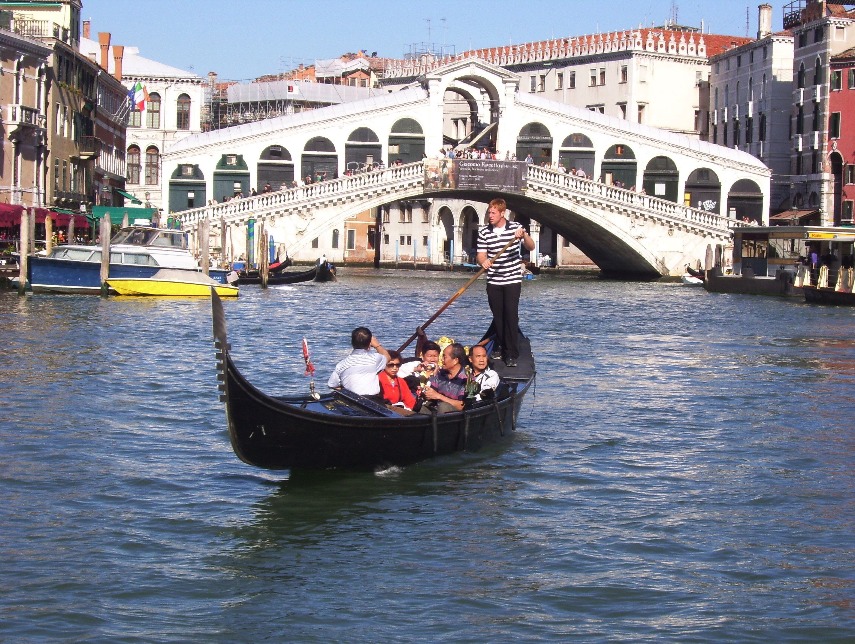
Tourist Gondola
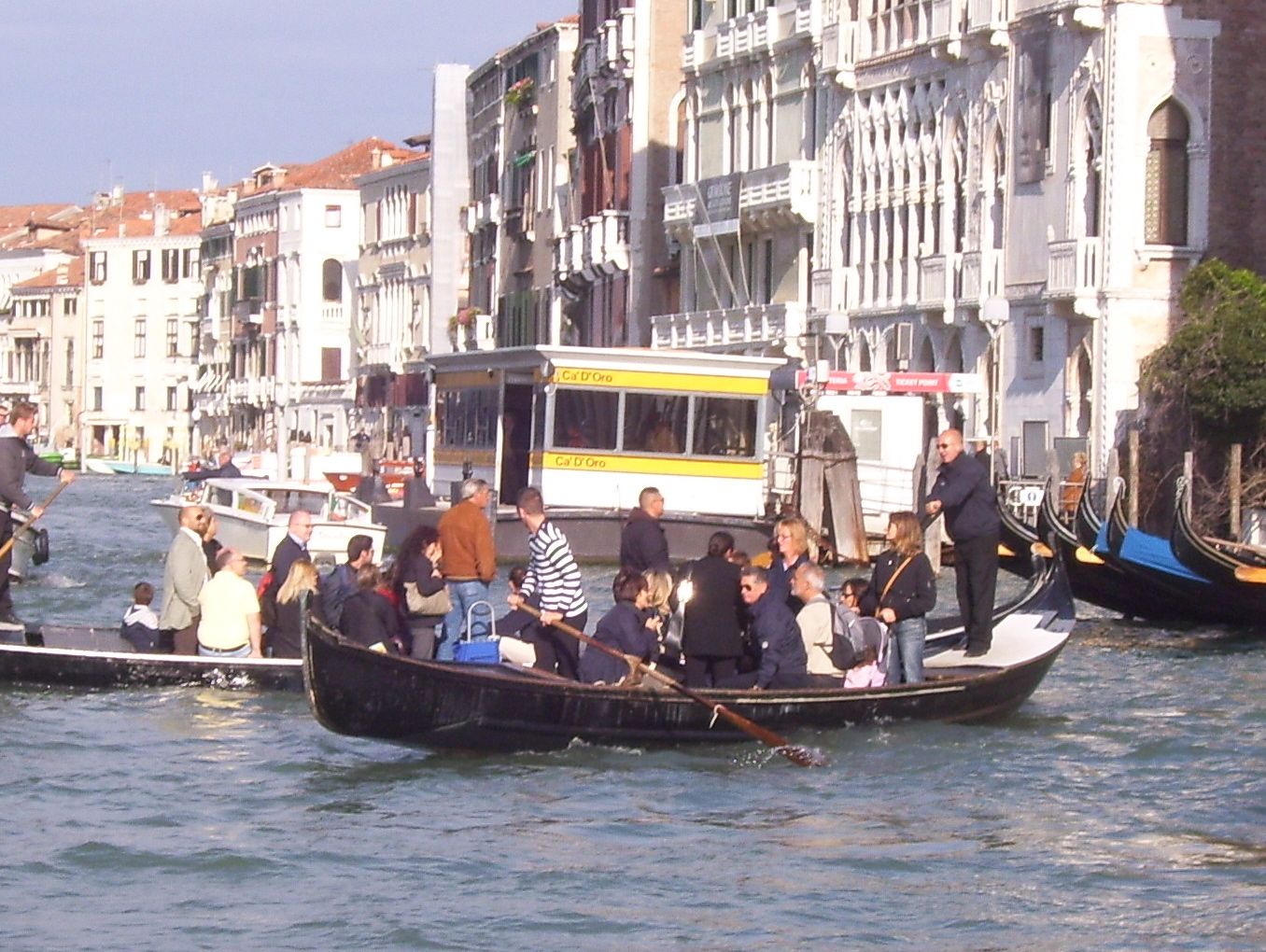
Local “traghetti”Gondola
 Stones and more stones, rocks
and bricks, pillars and arches. What a great set of
archeological sites we visited on this trip: Olympia Greece,
the birth place of the Olympic games; Ephesus, Turkey, once
the Roman capital of Asia Minor; and finally, Rome, Italy, the
grand daddy of archeological sites with the coliseum and forum as
majestic as ever. But our trip was more than stones – we had
canals in Venice, a complete medieval city wall in Dubrovnik, a
statue of David in Florence, and Gaudí architecture in
Barcelona. And, the Queen Victoria as a cruise ship with its
three story high Royal Theater, made the trip a real luxury.
Stones and more stones, rocks
and bricks, pillars and arches. What a great set of
archeological sites we visited on this trip: Olympia Greece,
the birth place of the Olympic games; Ephesus, Turkey, once
the Roman capital of Asia Minor; and finally, Rome, Italy, the
grand daddy of archeological sites with the coliseum and forum as
majestic as ever. But our trip was more than stones – we had
canals in Venice, a complete medieval city wall in Dubrovnik, a
statue of David in Florence, and Gaudí architecture in
Barcelona. And, the Queen Victoria as a cruise ship with its
three story high Royal Theater, made the trip a real luxury. Tourist Gondola |
We saw two different kinds of gondolas: the spiffy tourist boats with fancy and comfortable looking velvet seats covered with gold laced blankets, and the spartan “traghetti” (ferries) gondolas, devoid of anything (even seats) for the locals. The tourist gondolas plowed the waterways everywhere, seeking tourist fares. The traghetti gondolas are rare workhorses, going back and forth across the grand canal at fixed locations transporting the locals (and we suppose tourist) across this watery street. While the tourist gondolas have just one paddle man, almost always in the traditional horizontally stripped shirt, the traghetti had two paddle men, one in front and one in back, wearing regular work clothes. The first time we saw a traghetti we didn’t know what it was, but we figured it out when we saw an elderly lady standing in the middle of the boat holding her shopping bags. |  Local “traghetti”Gondola |
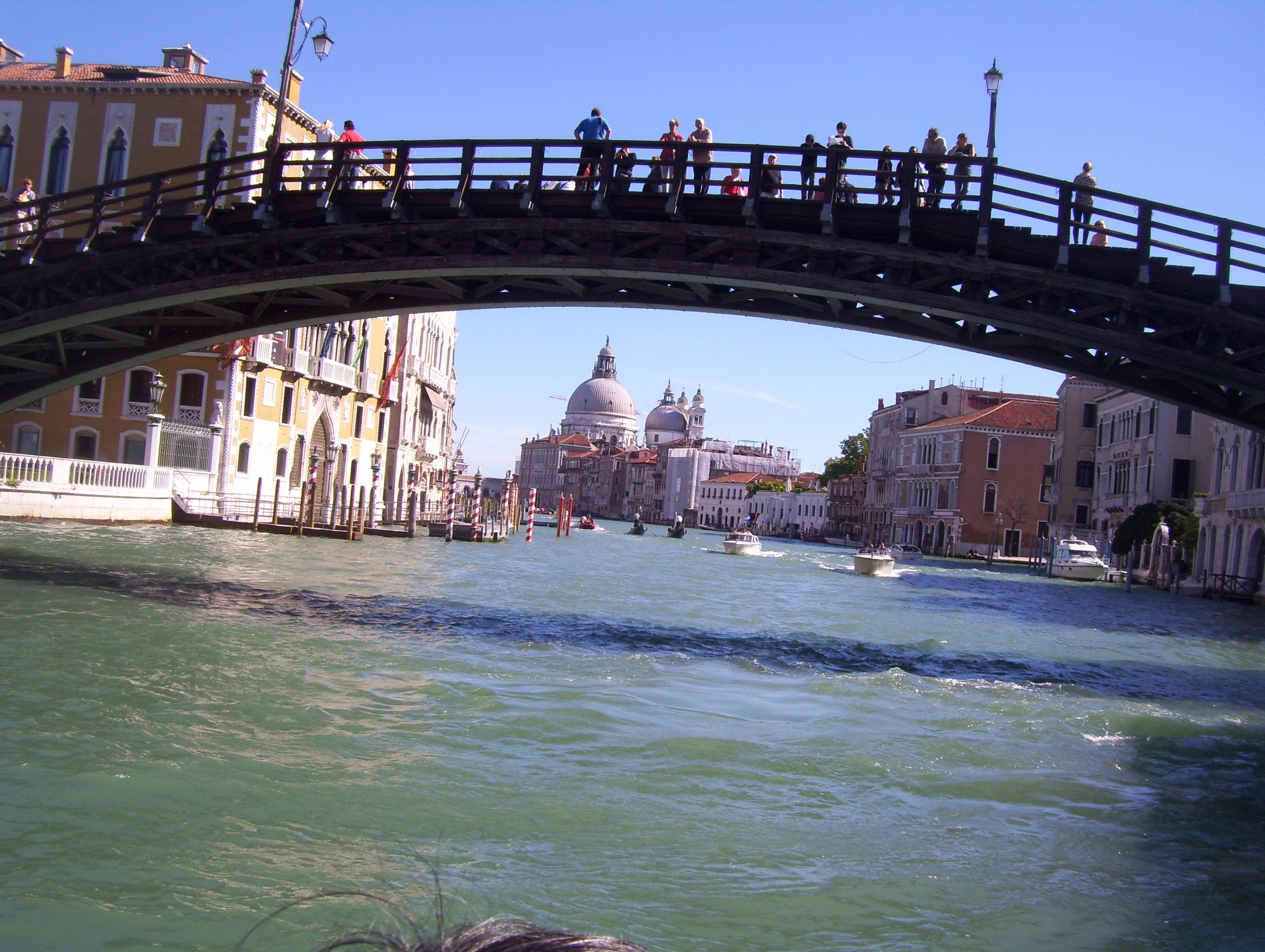 |
As we plowed the Grand Canal we came to understand why the traghettis are so important. The Grand Canal is about 2.5 miles long, with only 3 bridges crossing it. So, the traghetti enables the locals to go about their business without having to use the bridges. Watching the traghetti, busy at work, and competing for the limited water space in which so many boats were constantly moving, became a game of sorts. On our next trip to Venice we too are going to try to get a traghetti ride into our mix of activities! |  |
 |
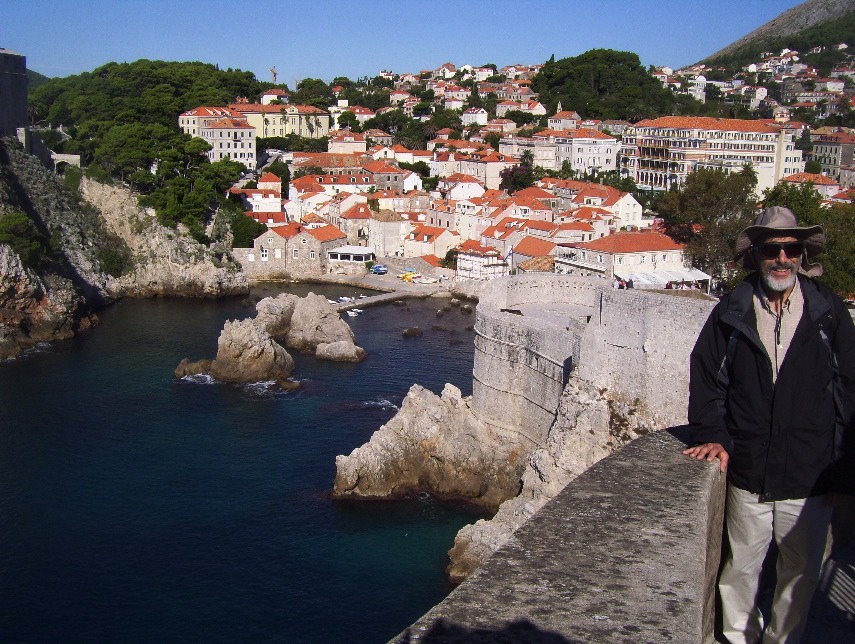 |
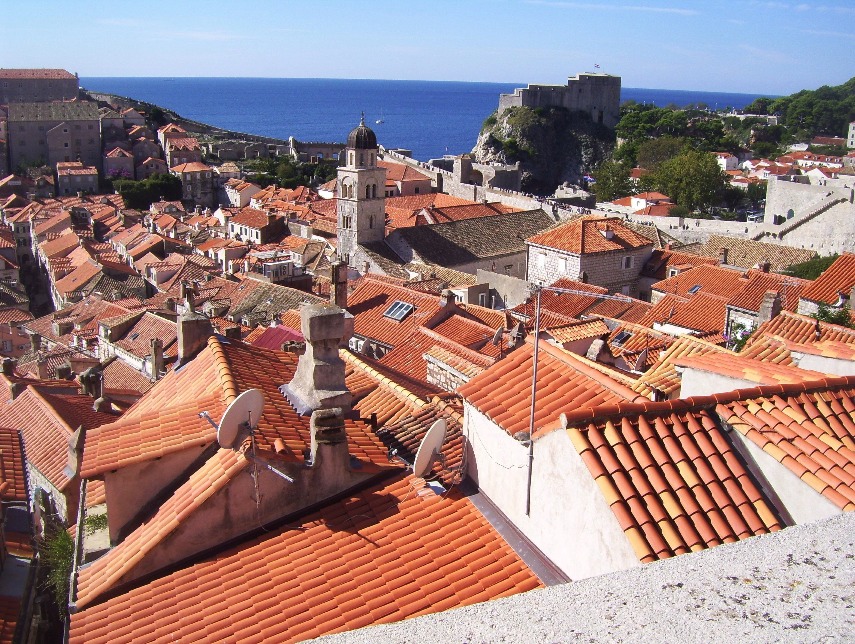 |
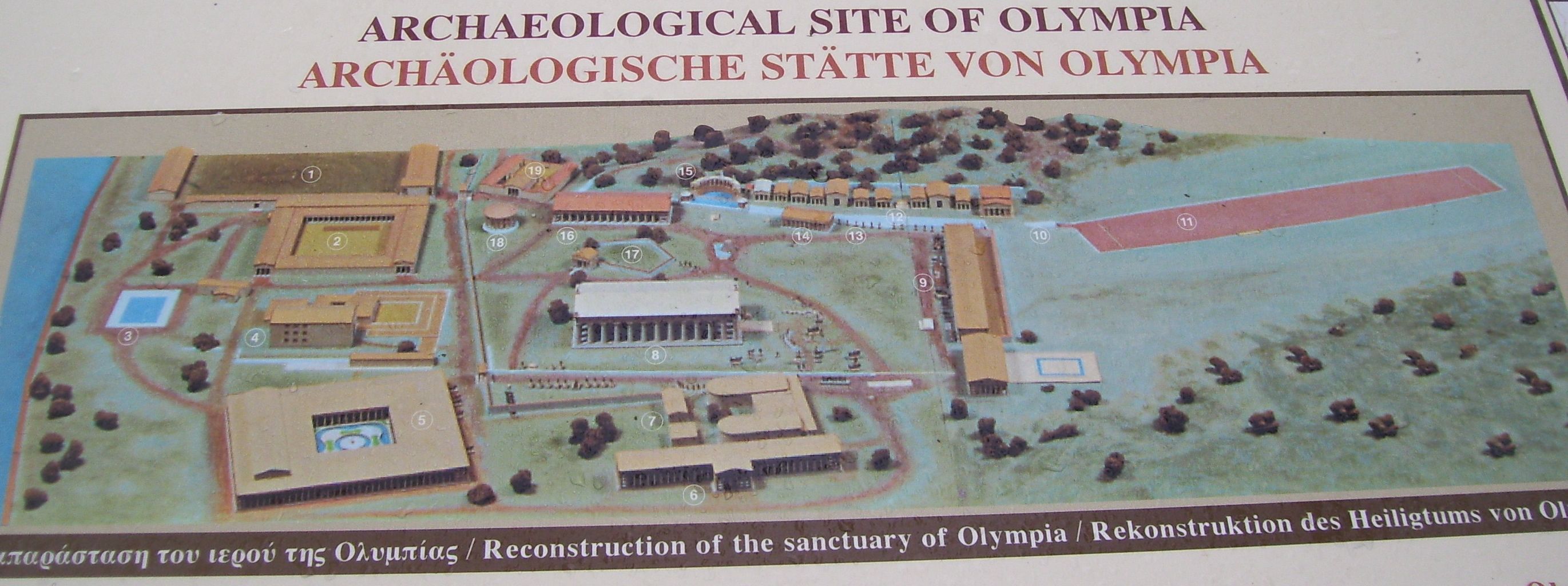
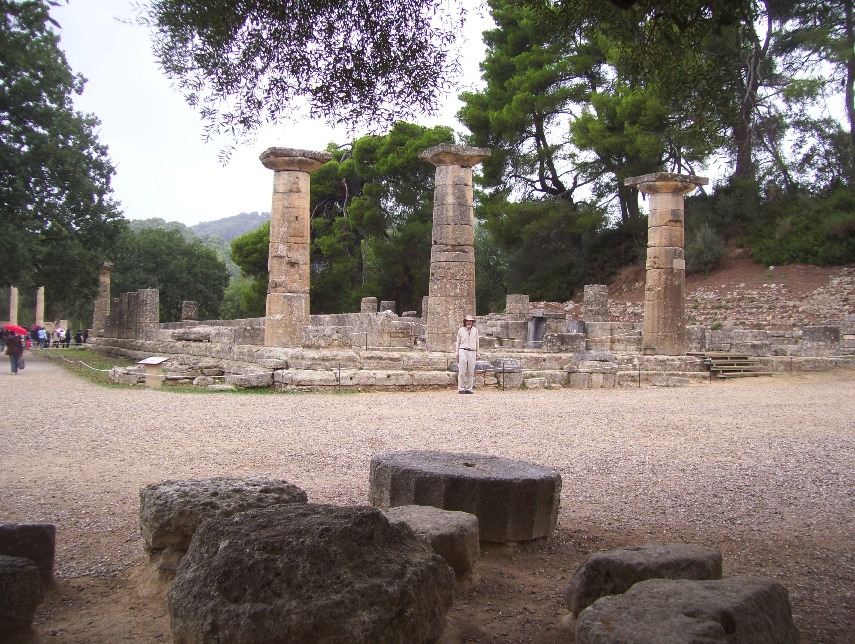 Temple of Zeus (white building in center of photo above) |
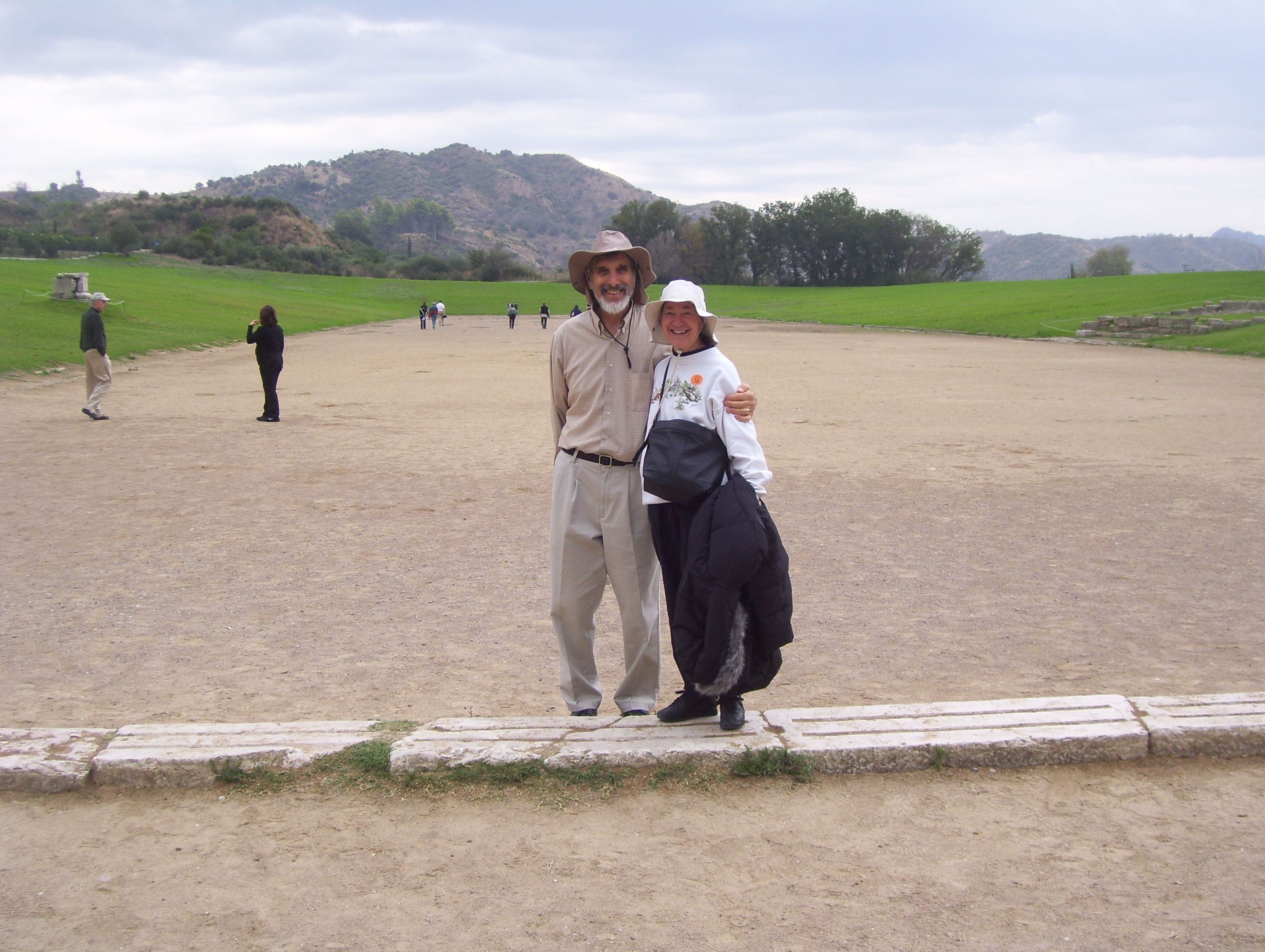 Original Olympic Track (right side of photo above) |
 |
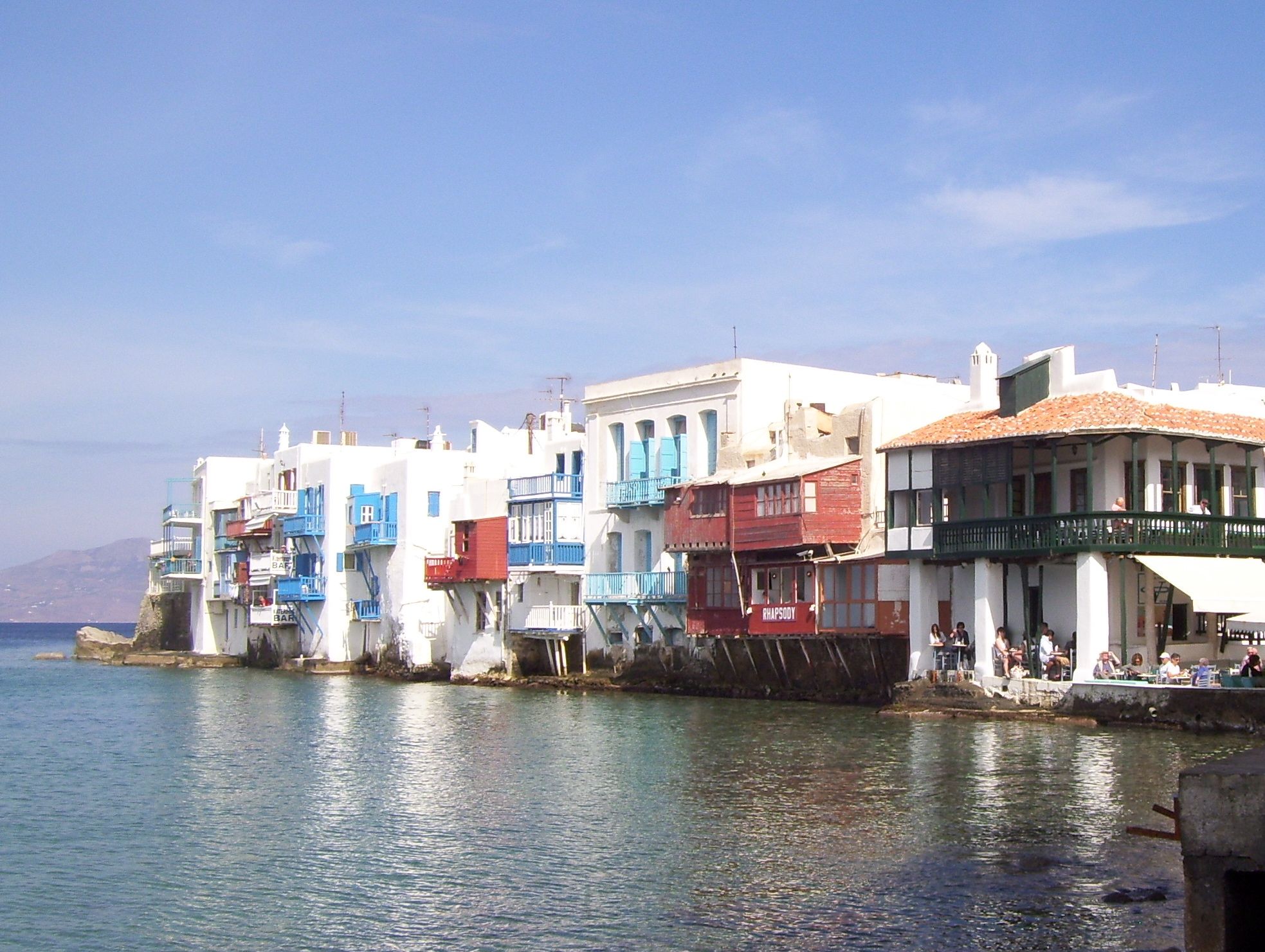 |
 |
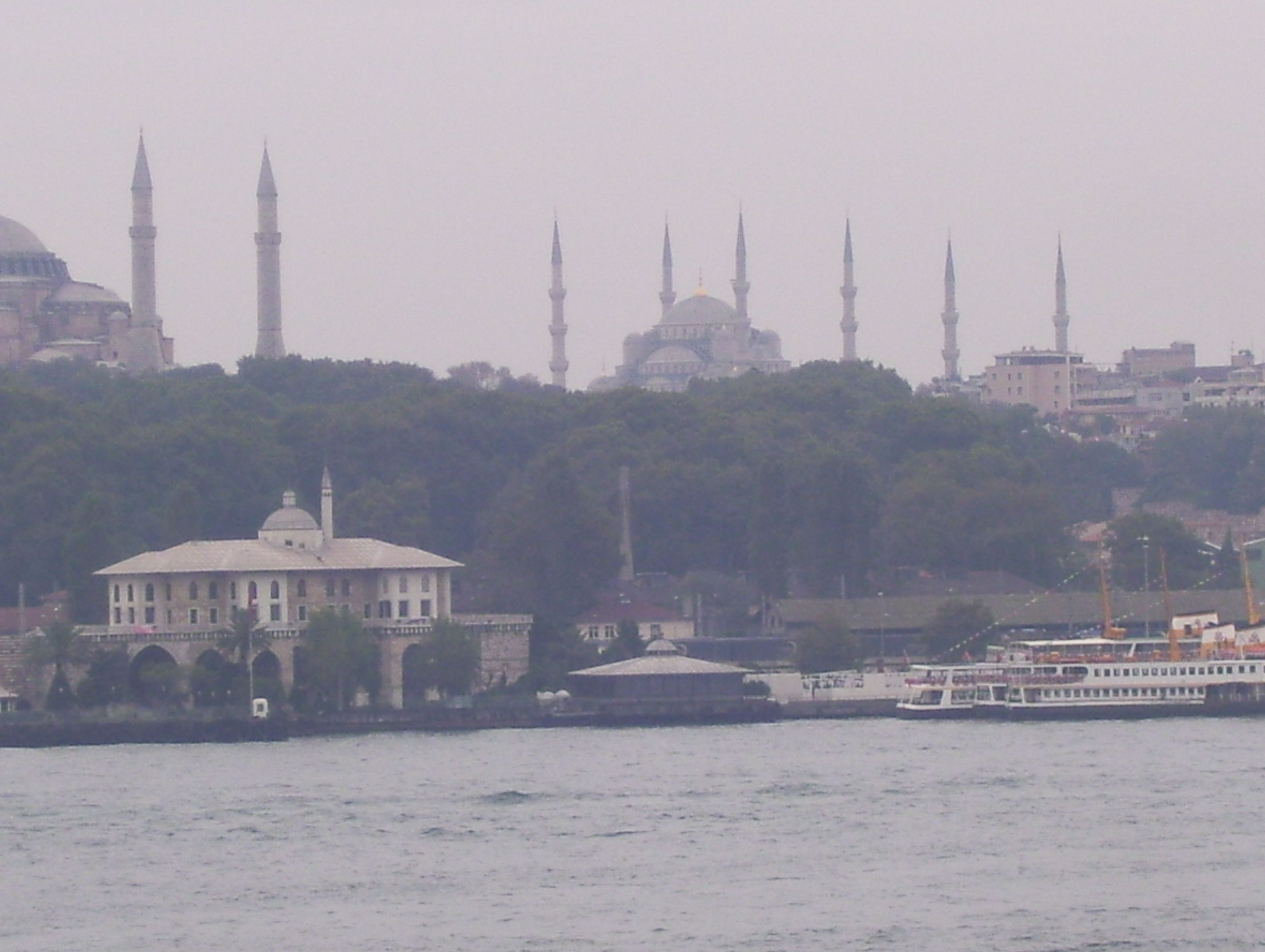 In many ways Istanbul was the biggest surprise of
this odyssey. We really didn’t know what to expect, but
certainly not to find ourselves in a very modern, European style
city. In the areas we saw, the trams, cars and everyday dress
of the people (wearing a burqa in public is against the law) looked
just like any other Western city.
In many ways Istanbul was the biggest surprise of
this odyssey. We really didn’t know what to expect, but
certainly not to find ourselves in a very modern, European style
city. In the areas we saw, the trams, cars and everyday dress
of the people (wearing a burqa in public is against the law) looked
just like any other Western city.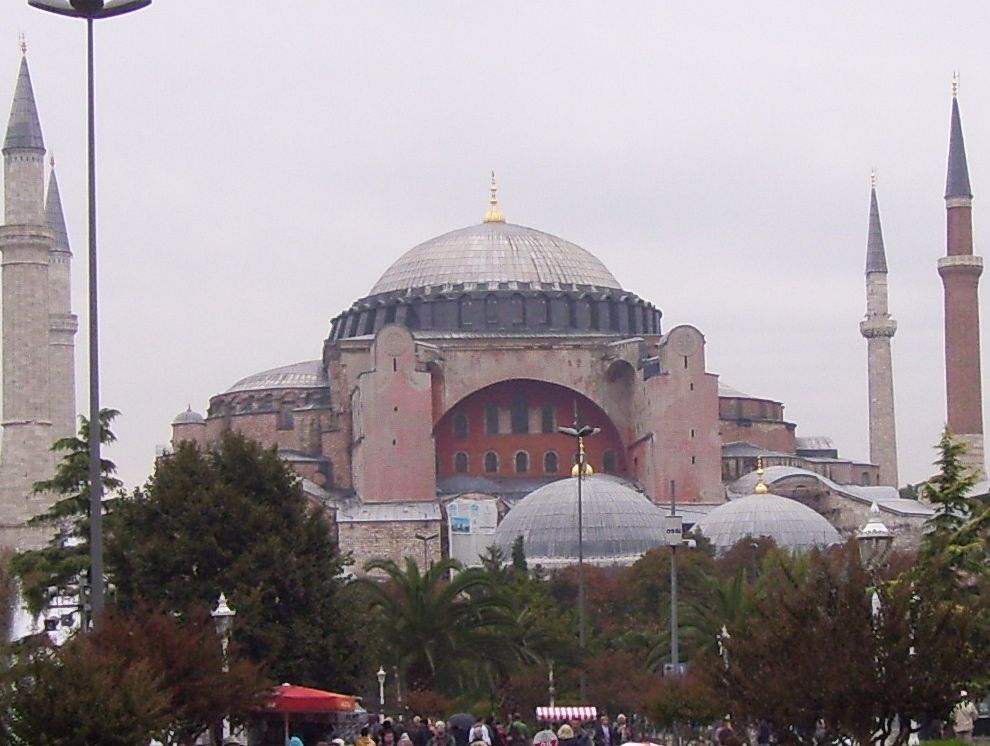 |
The Haggia Sophia was built
as the cathedral of Constantinople in 360 CE and was the
center of the Christian religious world. In 1054
there was a split in the Catholic church and the Roman
Catholic branch moved its capitol to Rome, and the Eastern
Orthodox branch stayed with its capitol in Istanbul (at
that time, Constantinople). When the Ottoman Empire
took over Istanbul in 1453, the cathedral was converted to
an Islamic mosque. In 1934 when Turkey became a
secular state, the mosque was converted into a museum,
which it is today. And what a beautiful structure.
|

|
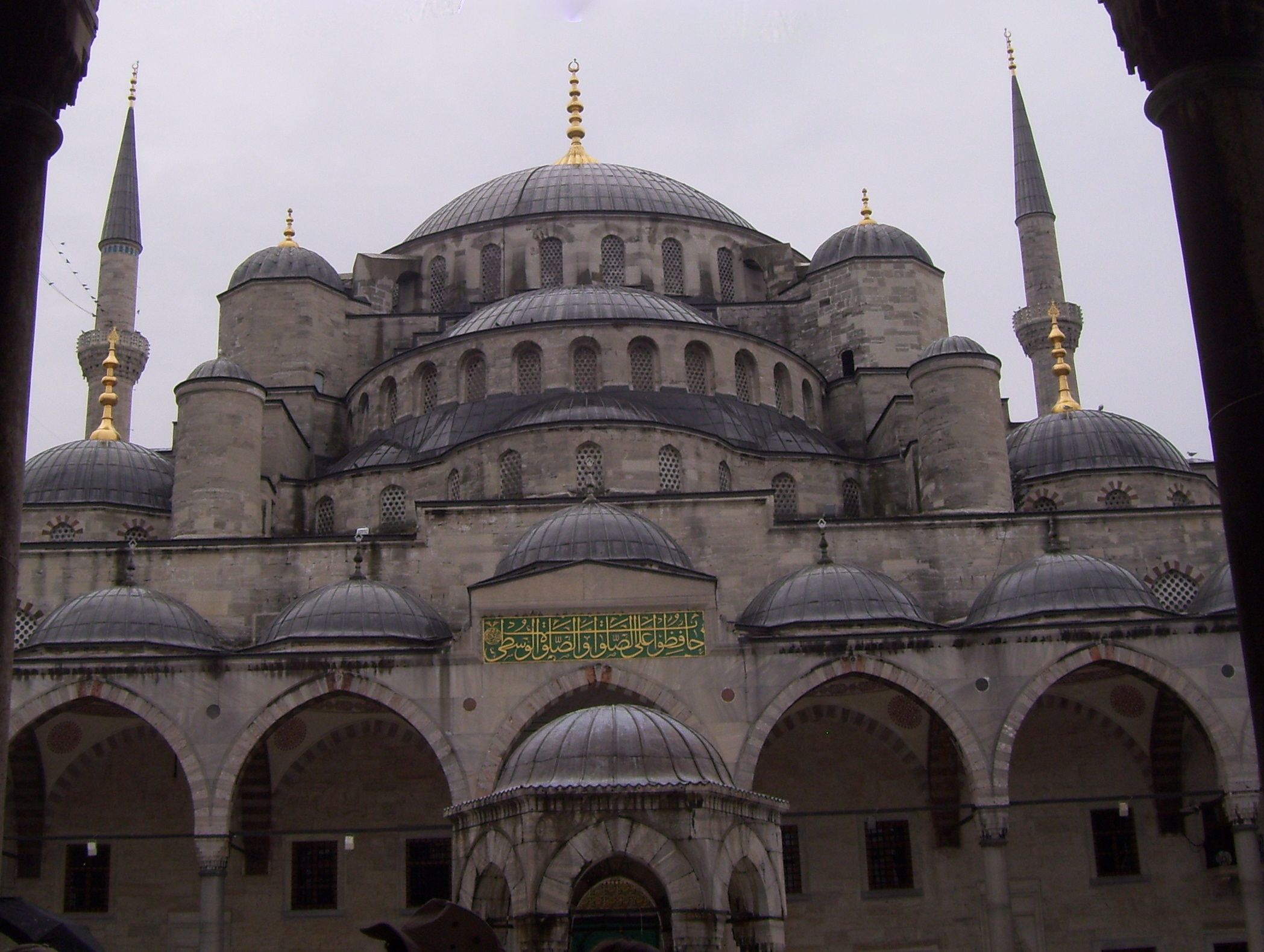 |
Across a plaza from the
Haggia Sophia is the Blue Mosque, built in celebration of
the Ottoman’s capturing Istanbul from the west and
converting the city to Islam. The mosque gets its name
from the blue tiles adorning the walls of its
interior. Both structures have spectacular mosaic
tile works, chandeliers, and stained glass windows.
Our guide explained that many Turkish artifacts were in fact no longer in Turkey but distributed in museums around the world, and primarily in England. He told us he was actually glad that so many of the antiquities were taken from Istanbul to European museums as they are preserved, whereas many of the things that remained (for example, the gold around the domes or bronze statues), were taken and melted by whomever the latest invader was to make into weapons. |
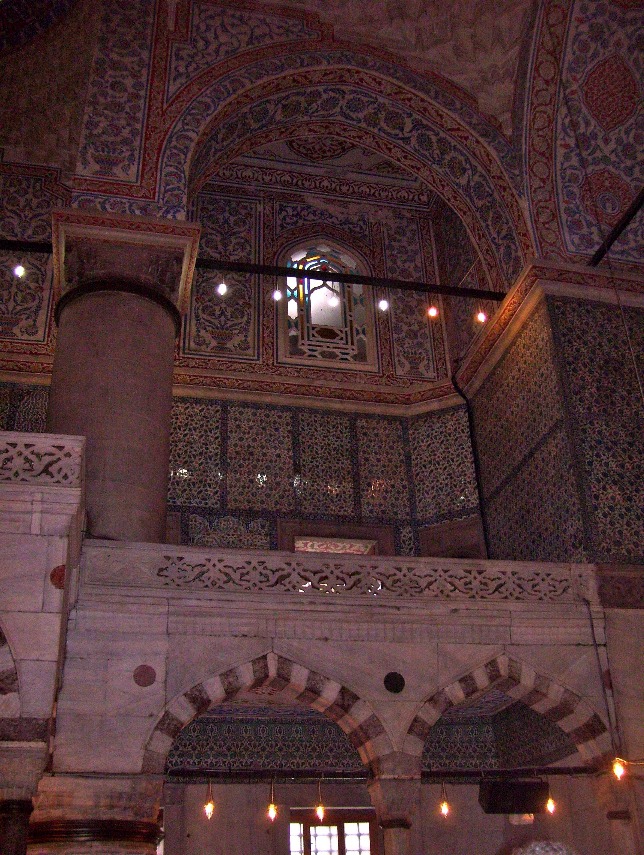
|
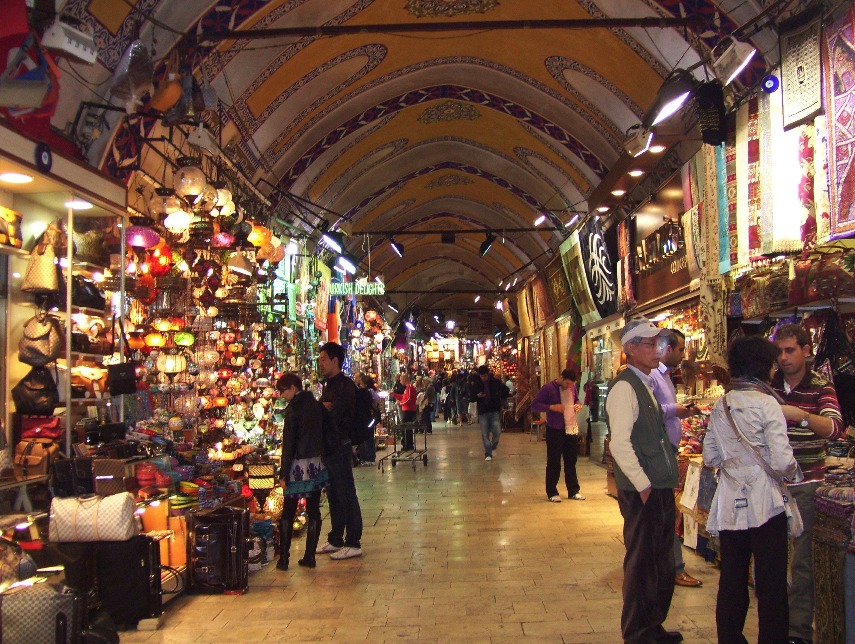 |
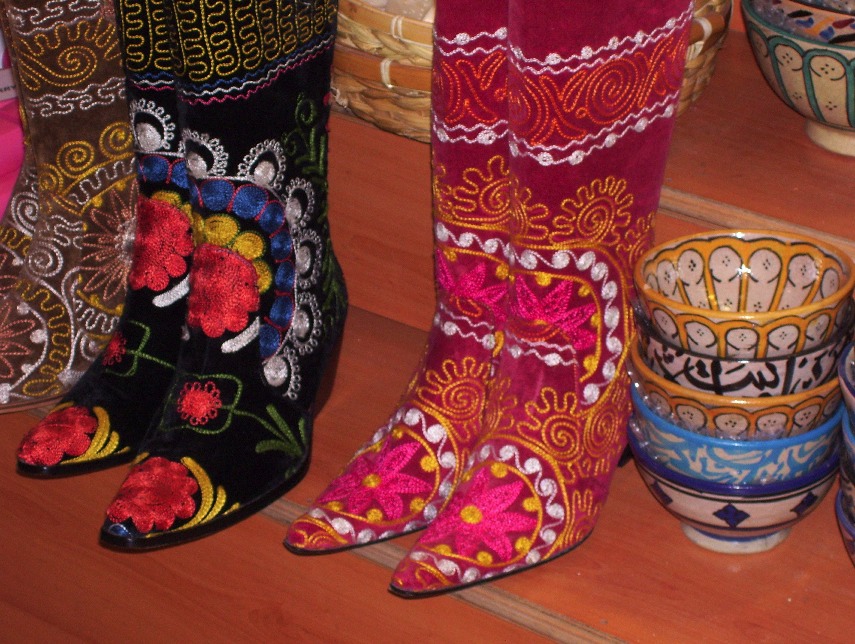 |
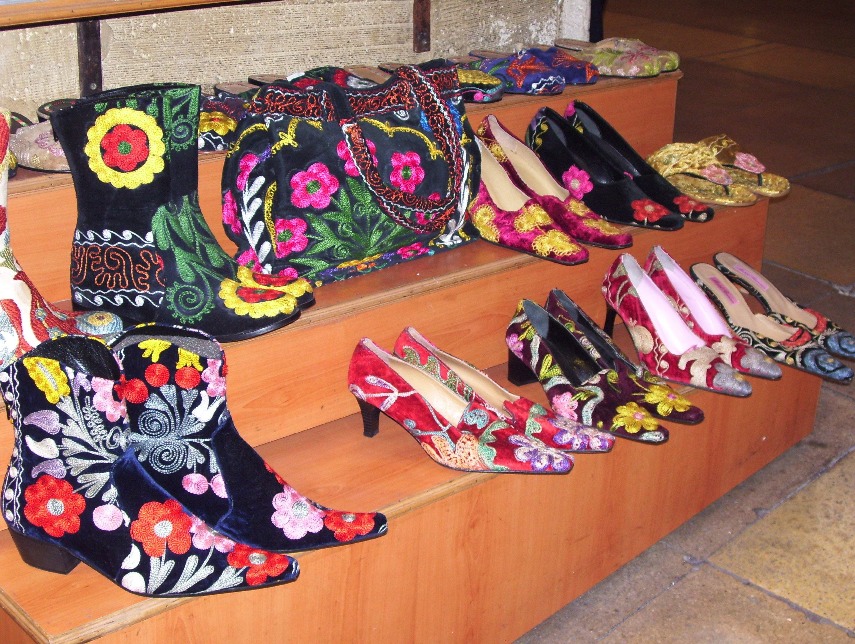 |
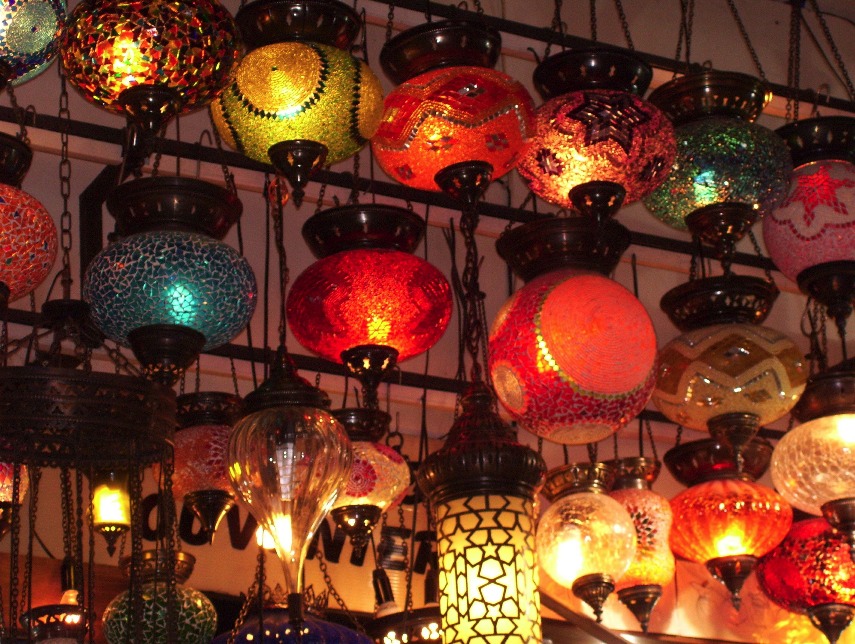 |
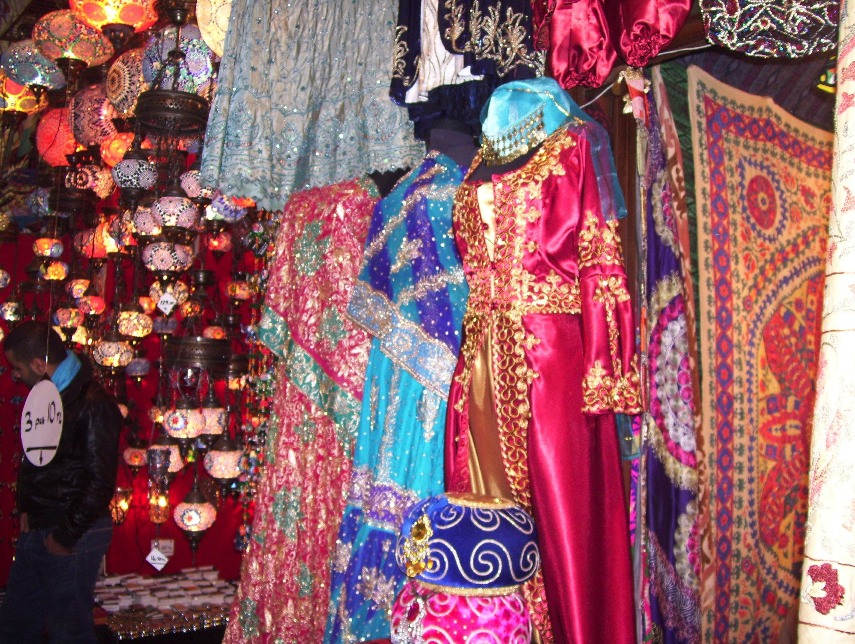 |
|
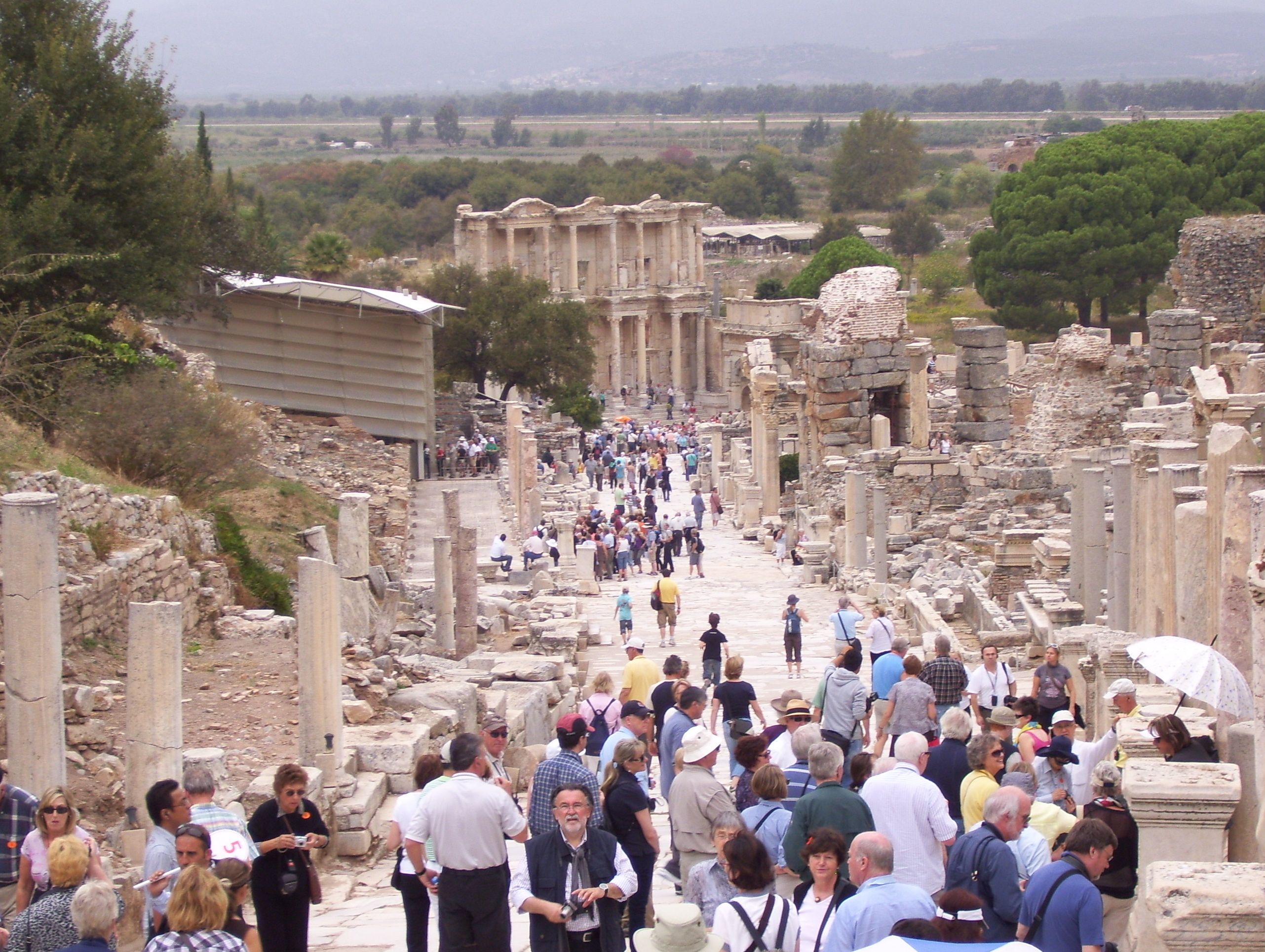 |
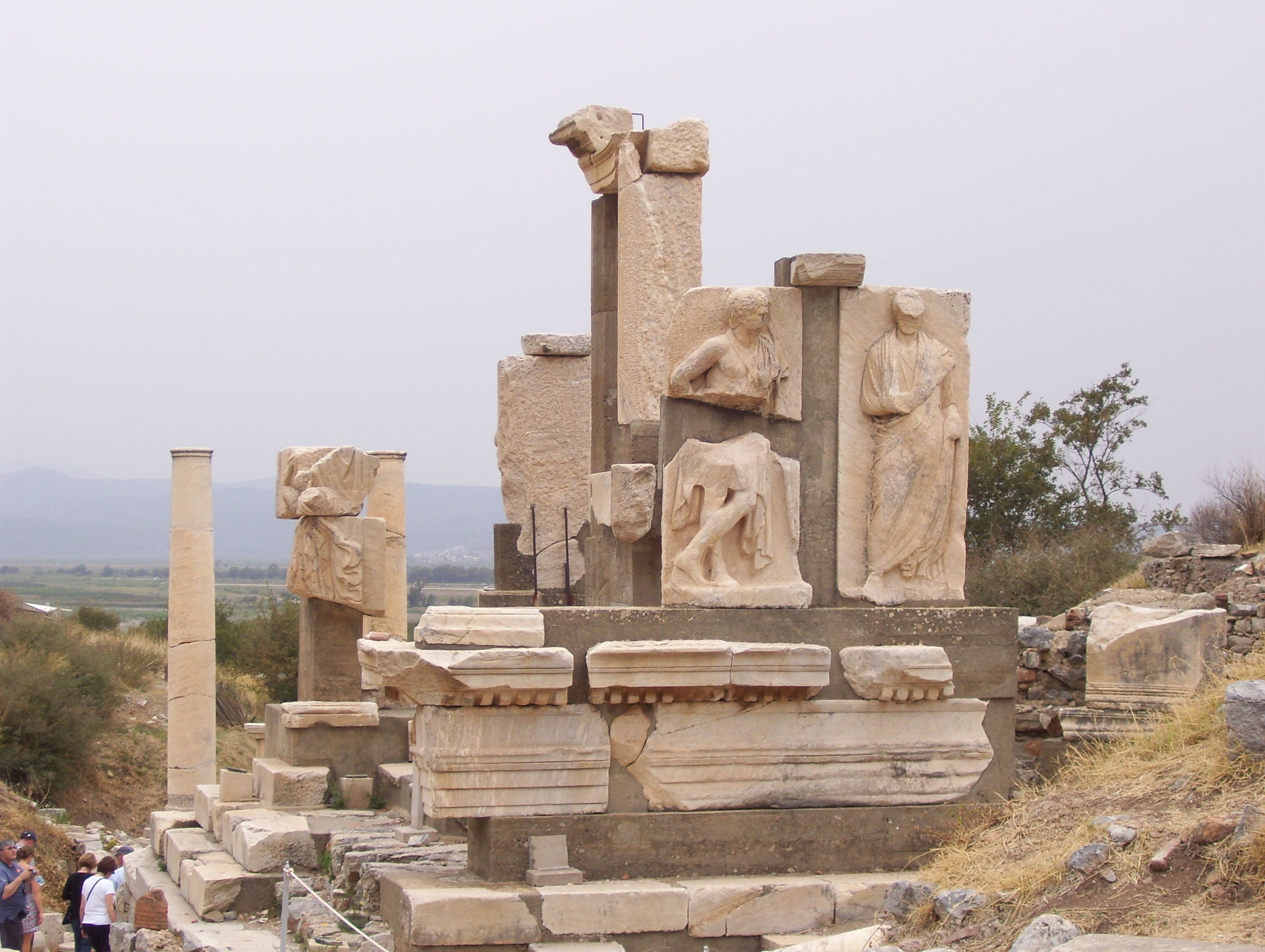 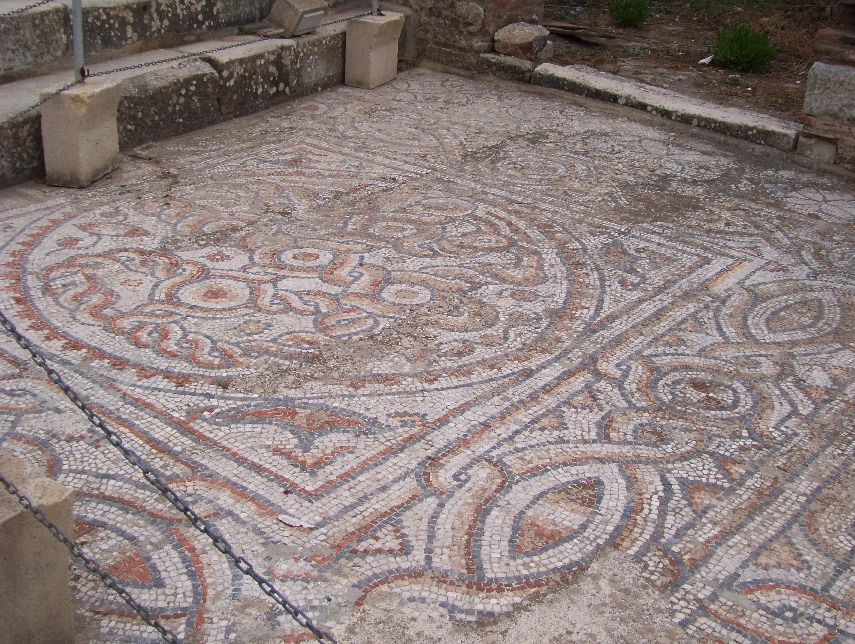 |
 |
y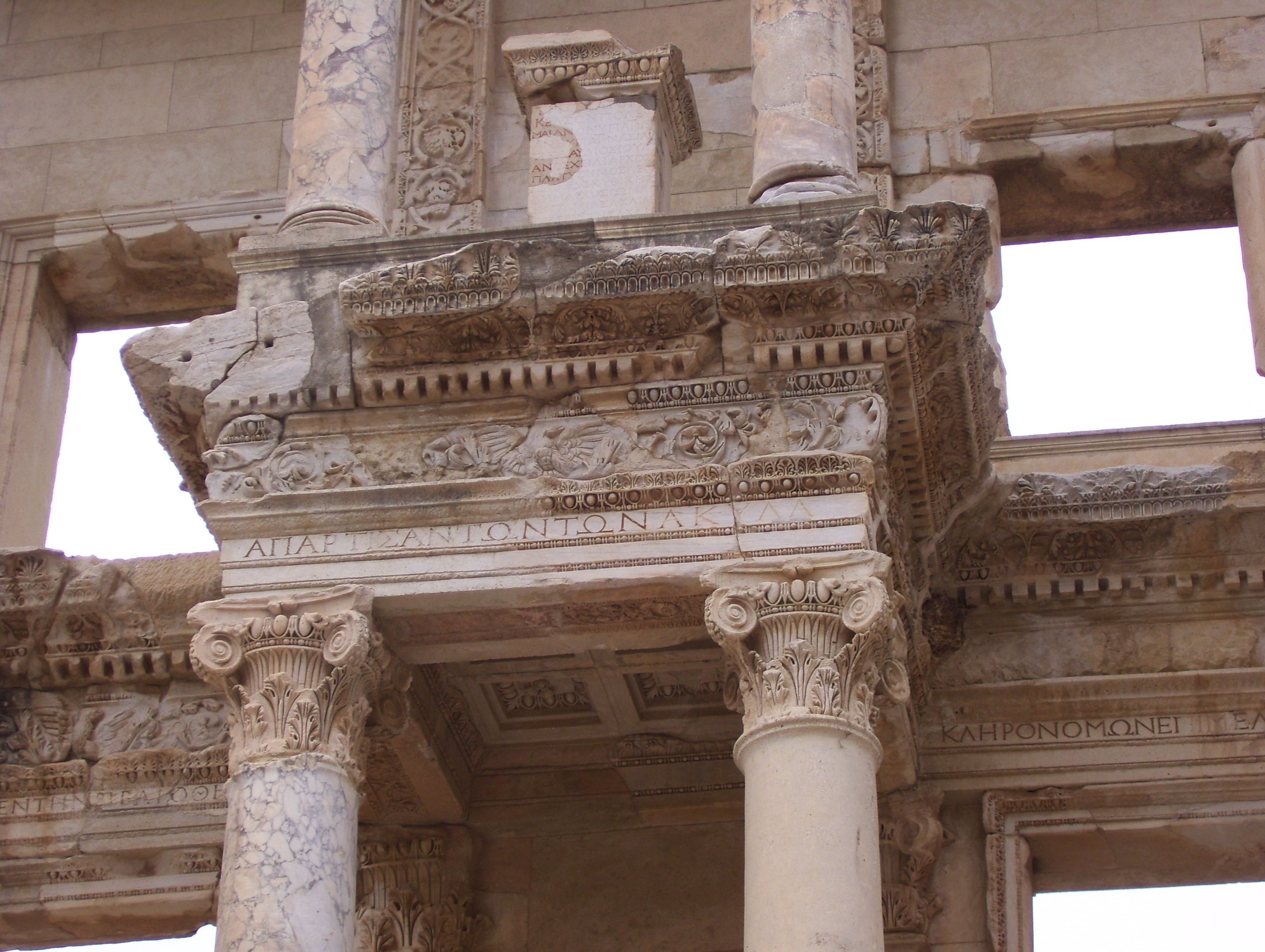 |
|
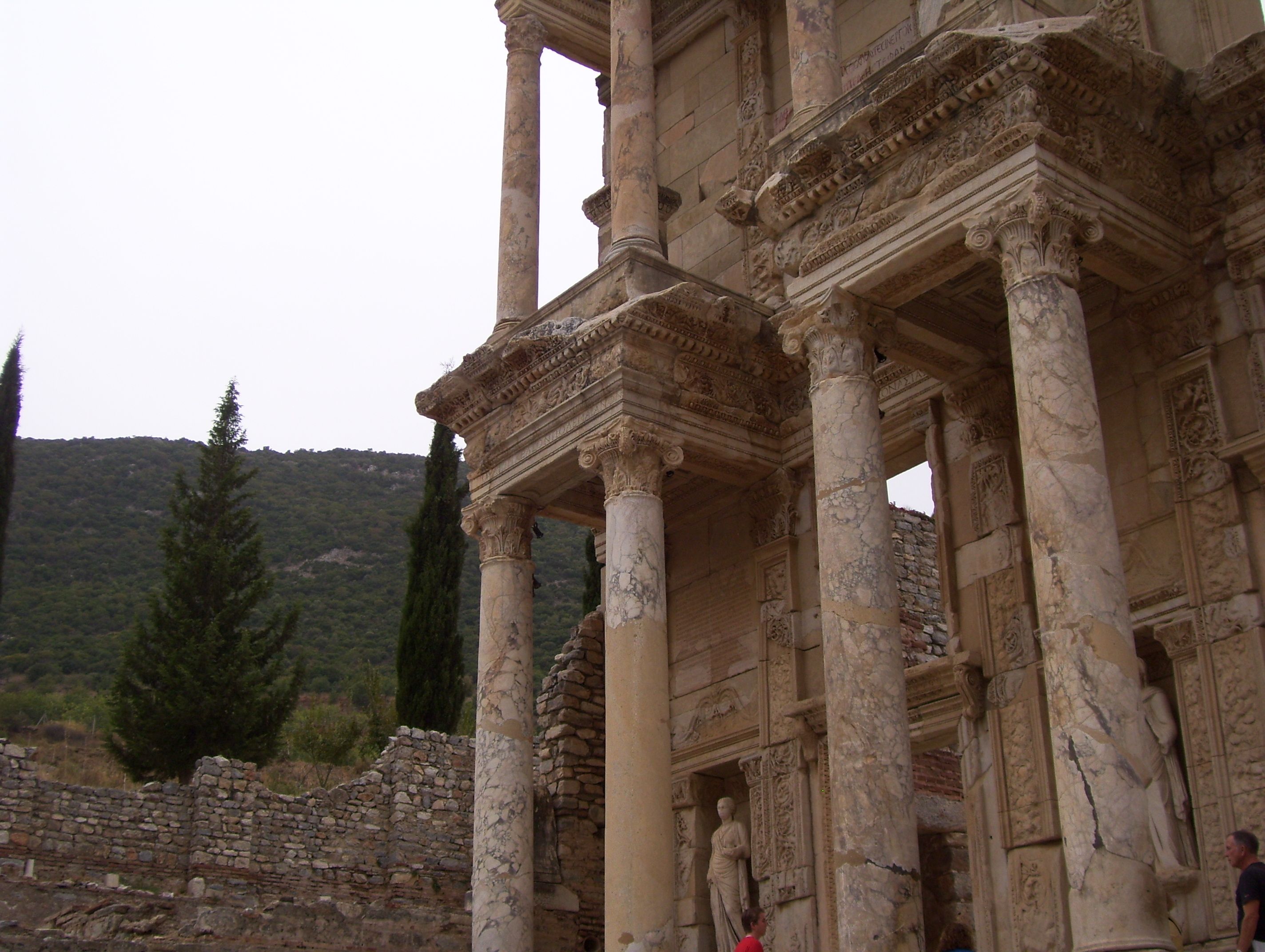 |
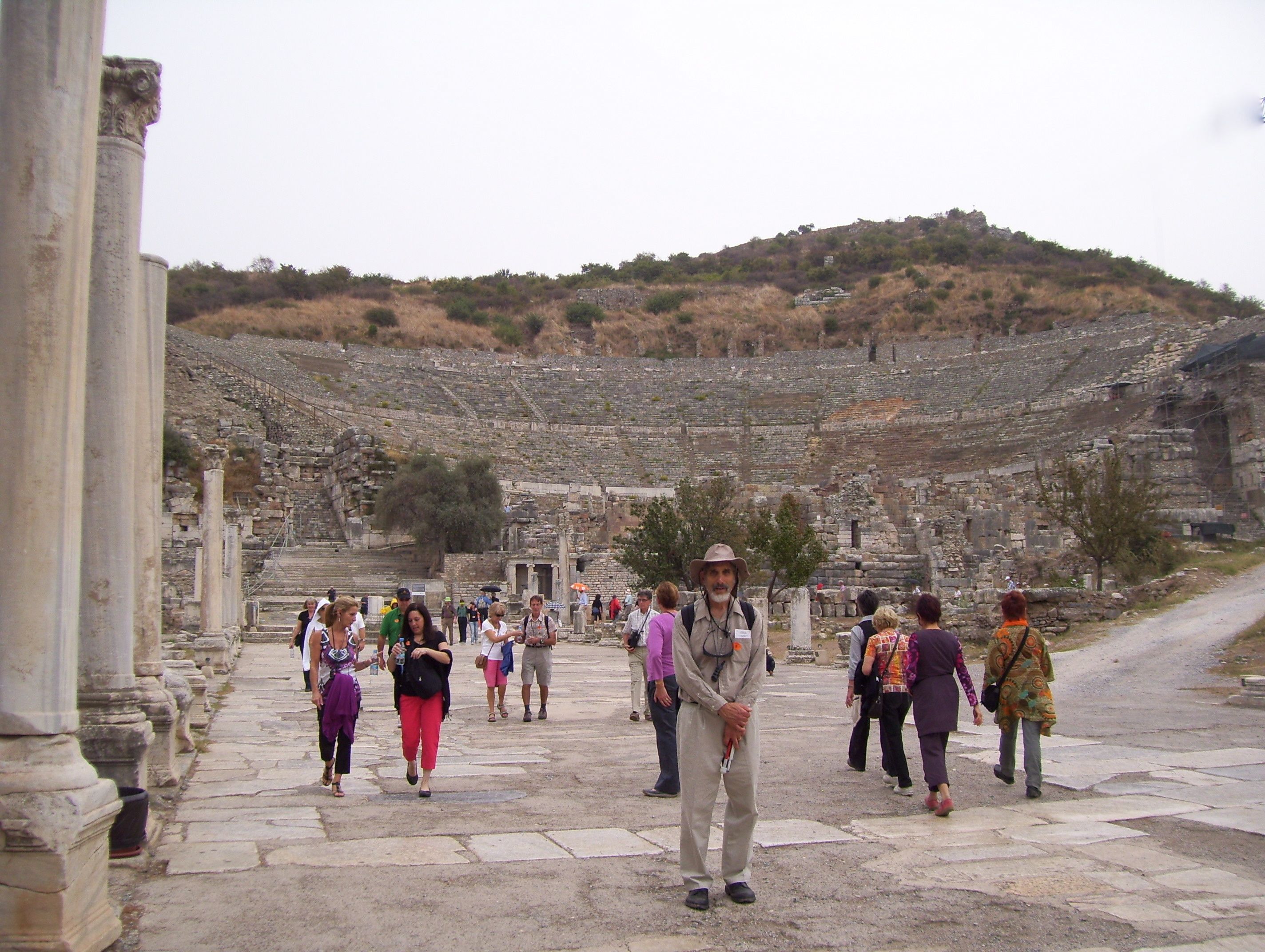
 Yet another little quaint pedestrian town, but
this time situated on the top of a very steep and challenging
hill. In fact, our bus parked in the town parking structure,
and we rode up seven levels to get to the town’s street
level. And why would anyone build in such a difficult
location: for protection of course. As we walked
through the ancient town gates, our guide explained how continuous
war and raiding along the cost drove the people who created
Taormina to select such a demanding location for their
protection. But for us today, the town offered spectacular
views of the surrounding country side and cost line. And the
Romans didn’t miss an opportunity, building their amphitheatre in
a location which provided an excellent view of Mount Etna, the
largest active volcano in Europe. We unfortunately only got
a slight view as the 10,000 foot peak was shrouded in clouds.
Yet another little quaint pedestrian town, but
this time situated on the top of a very steep and challenging
hill. In fact, our bus parked in the town parking structure,
and we rode up seven levels to get to the town’s street
level. And why would anyone build in such a difficult
location: for protection of course. As we walked
through the ancient town gates, our guide explained how continuous
war and raiding along the cost drove the people who created
Taormina to select such a demanding location for their
protection. But for us today, the town offered spectacular
views of the surrounding country side and cost line. And the
Romans didn’t miss an opportunity, building their amphitheatre in
a location which provided an excellent view of Mount Etna, the
largest active volcano in Europe. We unfortunately only got
a slight view as the 10,000 foot peak was shrouded in clouds.
 |
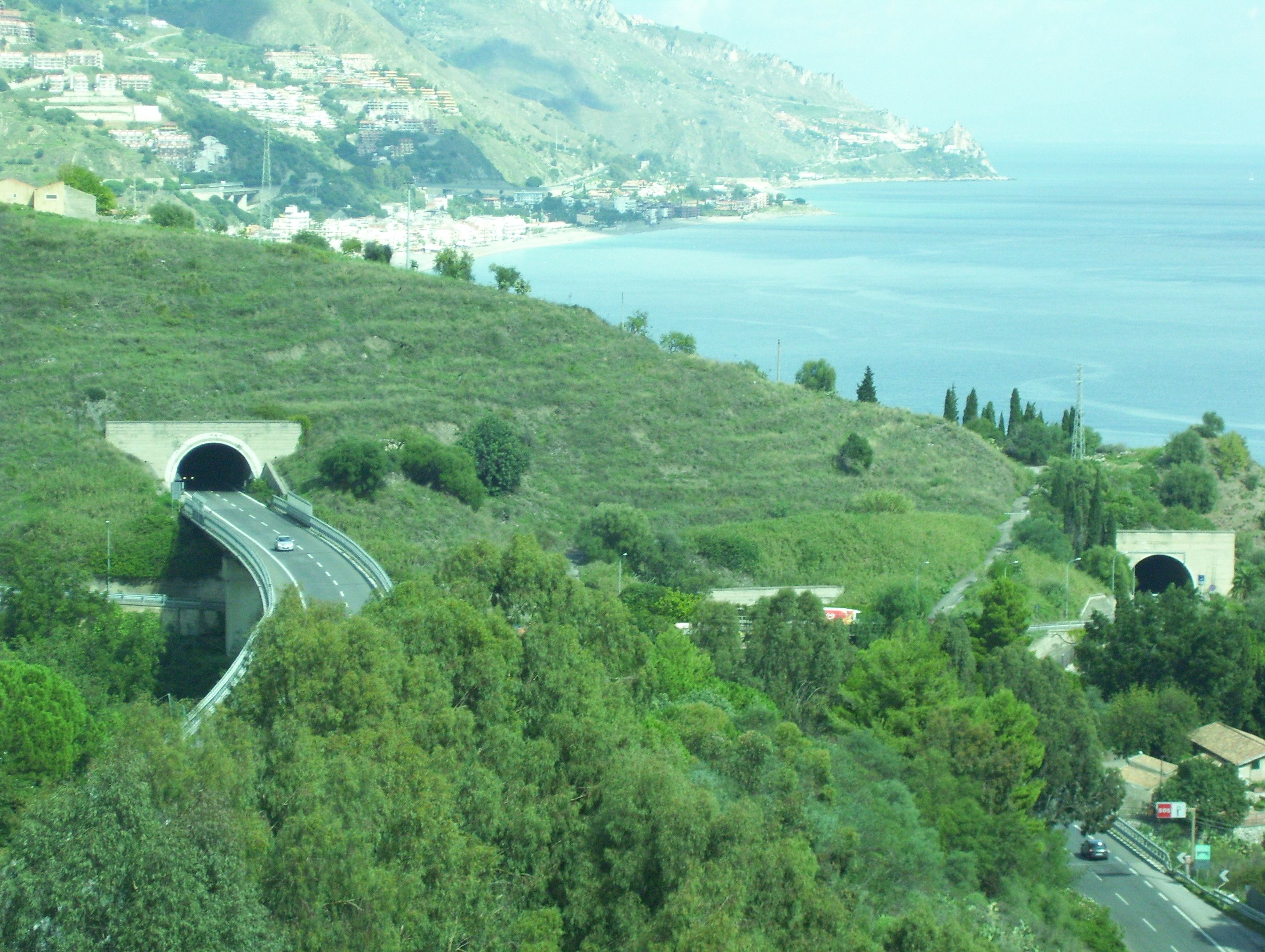 |
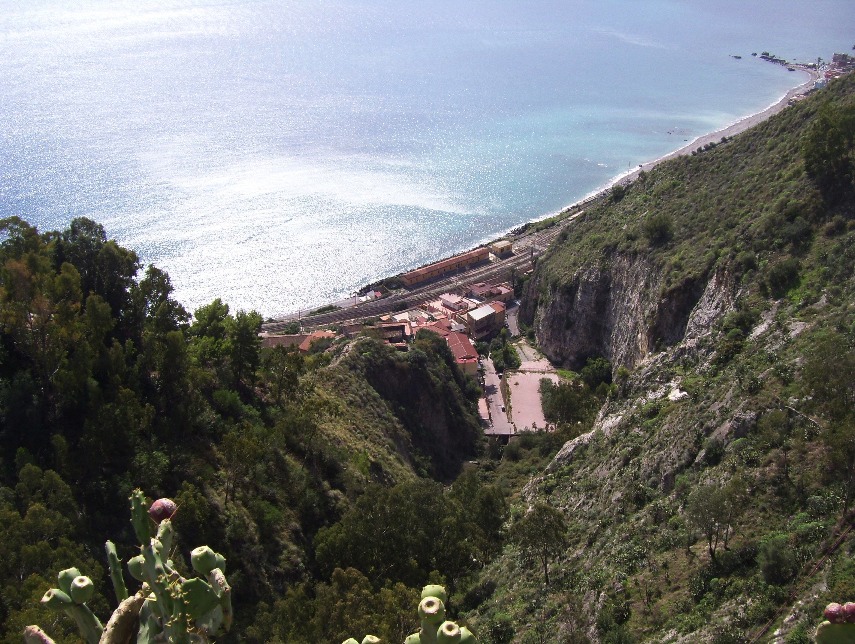 |
 |
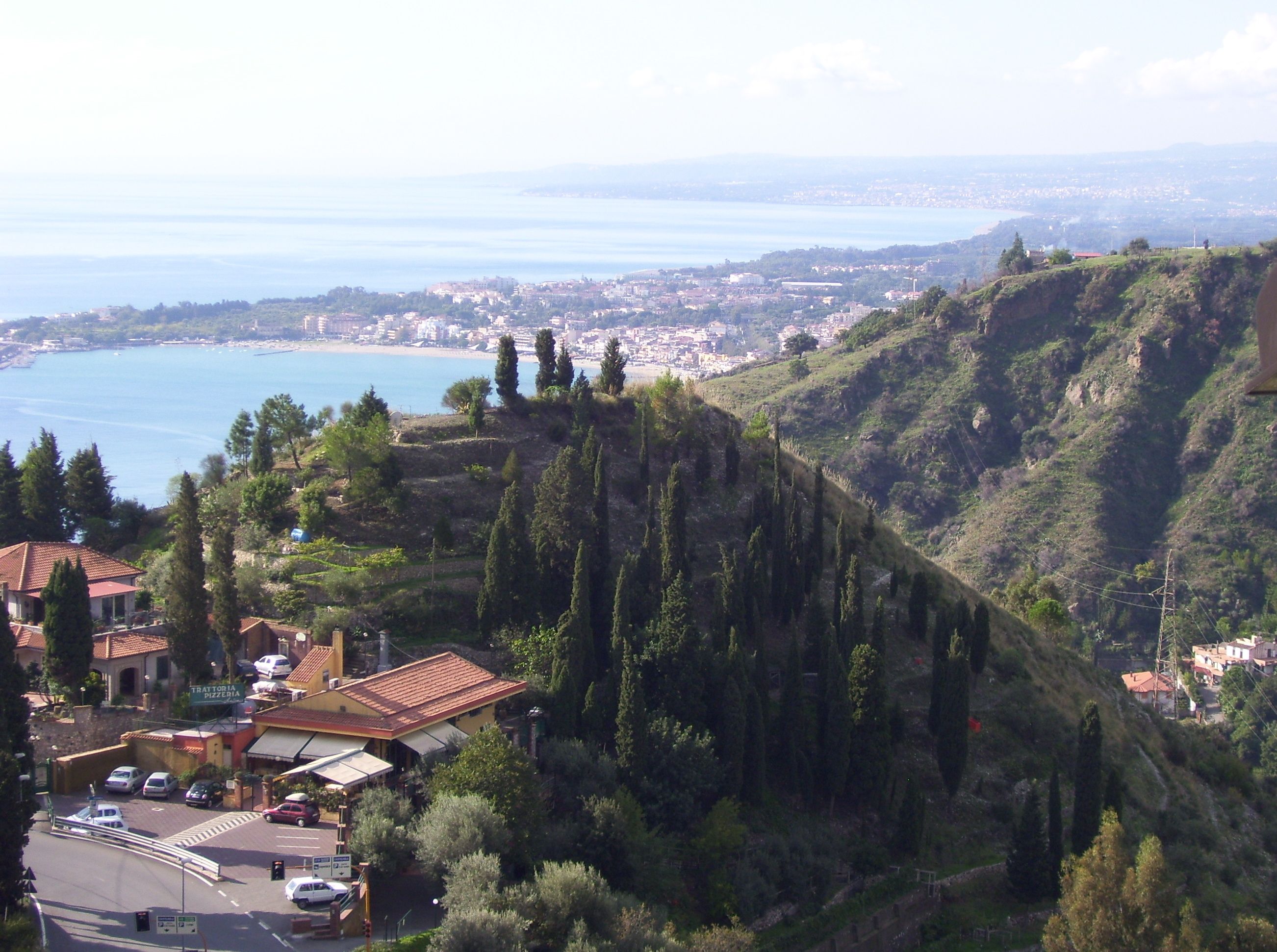 |
 |
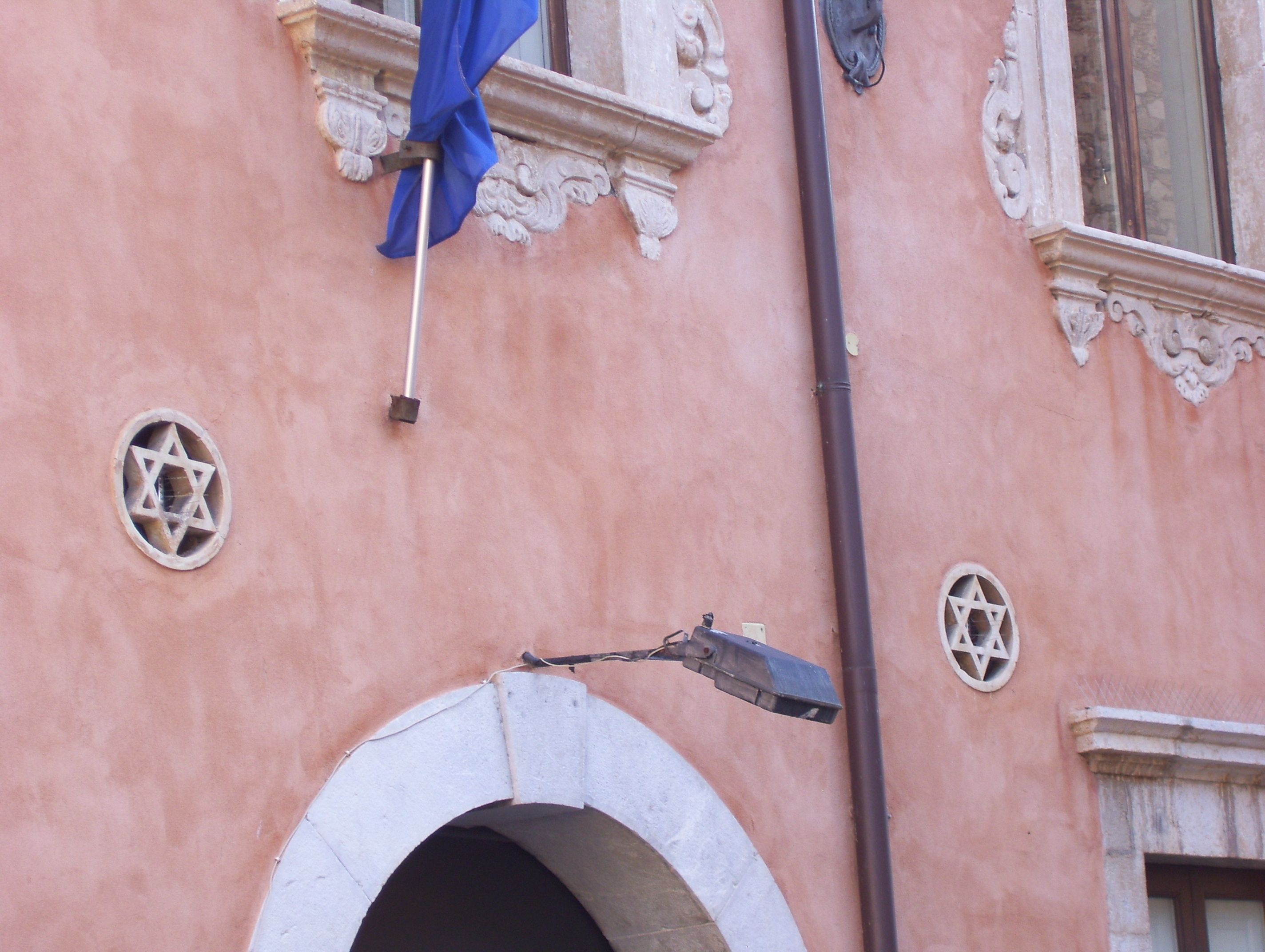 |
Taormina has one long main street with a city gate at each end. At the central square, one of the buildings was decorated with Stars of David. Our guide said that at one time there was a thriving Jewish community in Taormina and the stars were to commemorate the Jews lost in the Holocaust. |
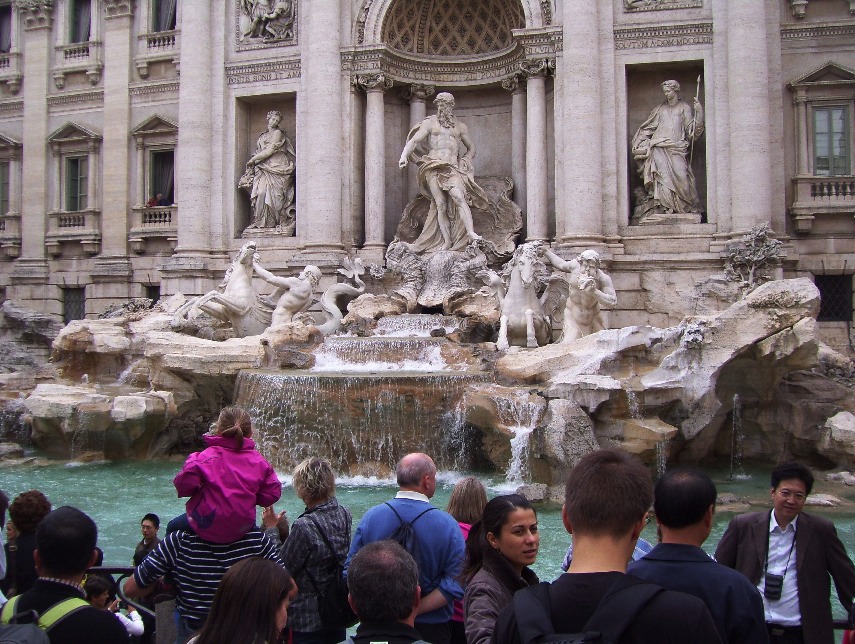 |
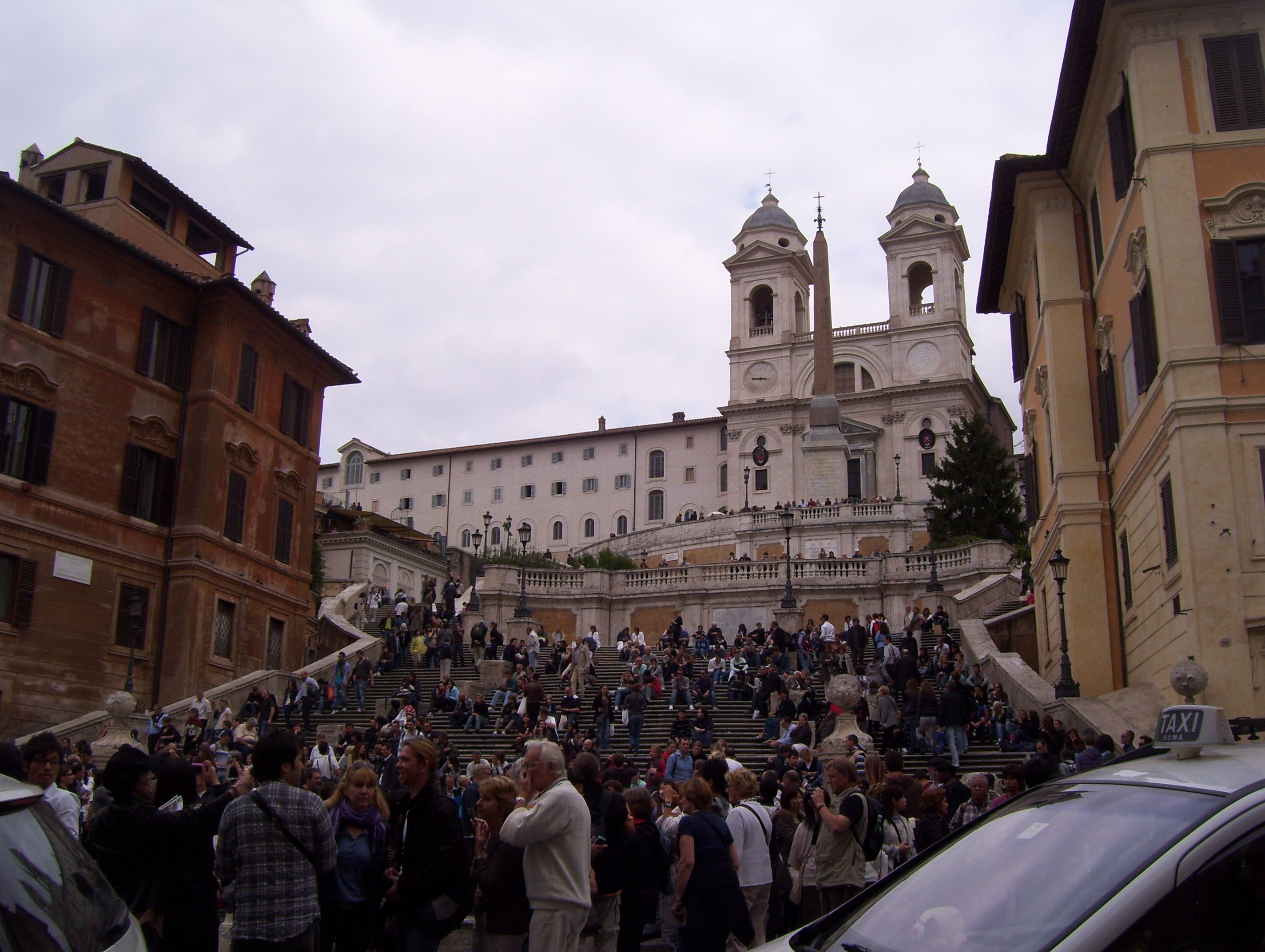 |
 |
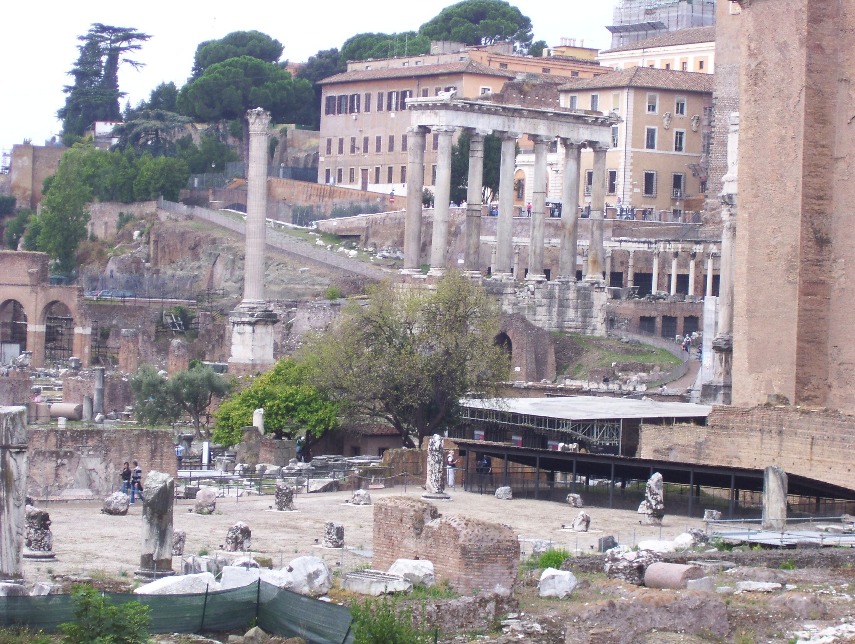 |
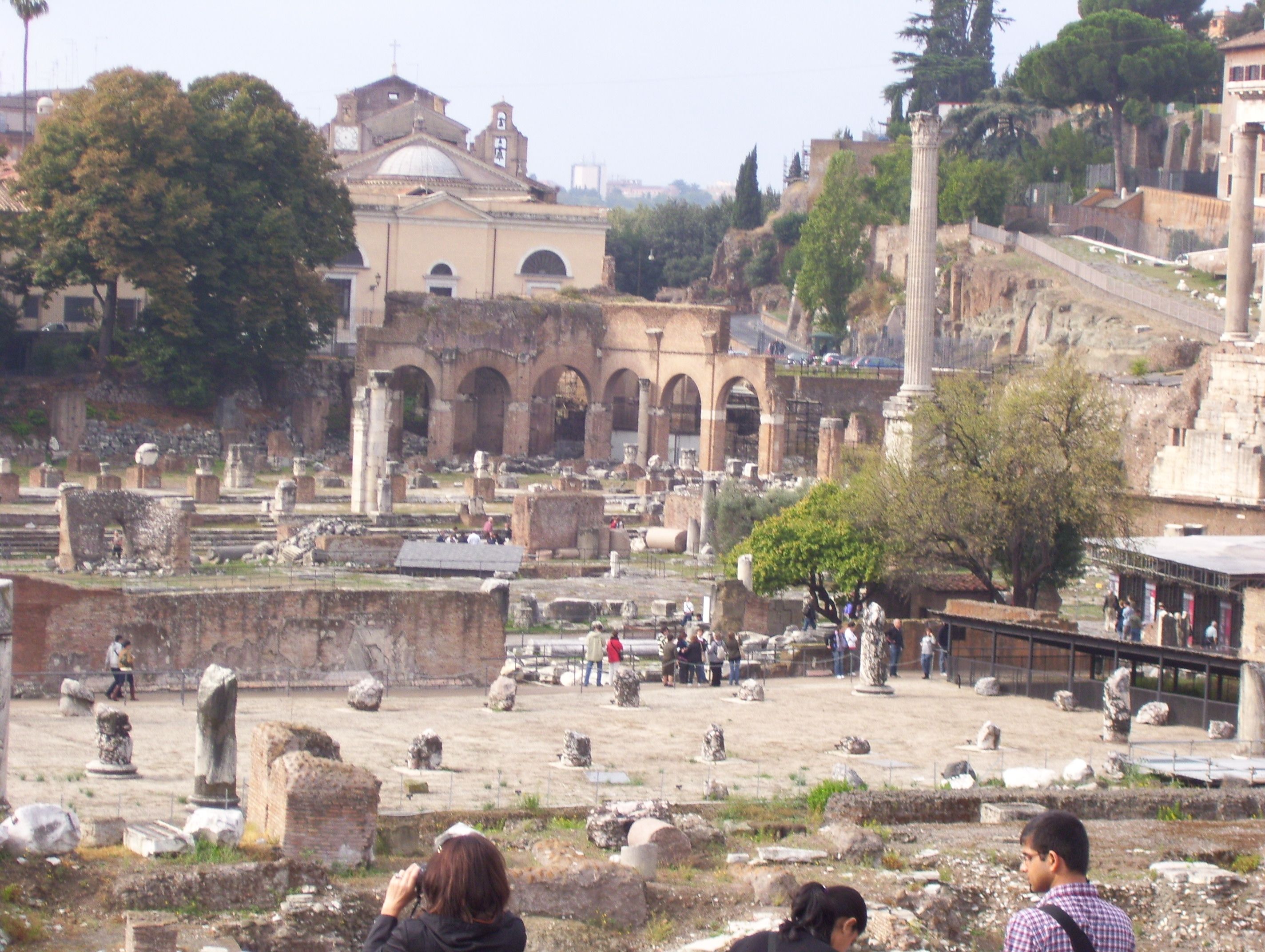 |
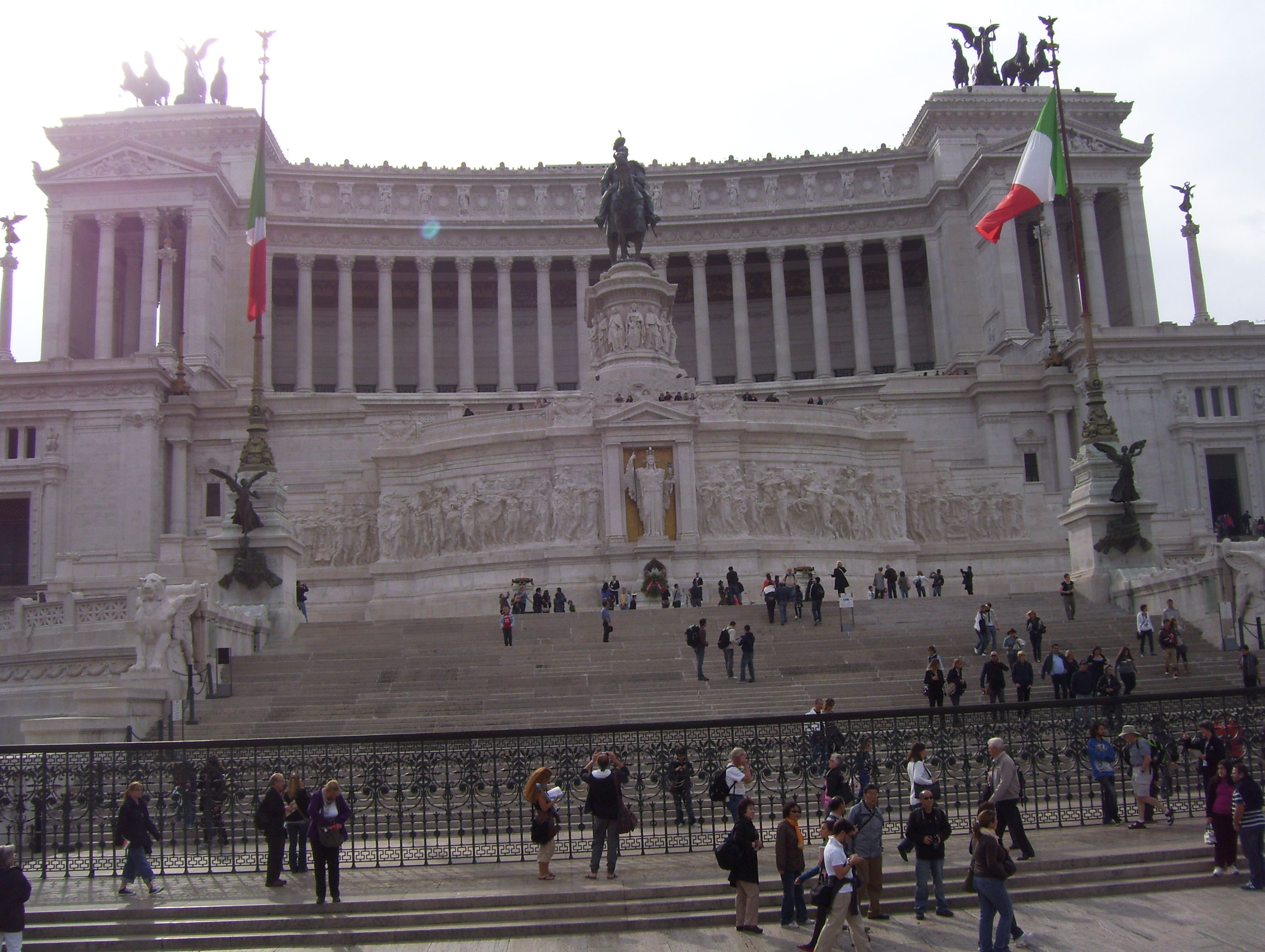 |
 |
Our morning tour of Florence took us around all the major architectural sites and ended at the Piazza della Signoria, which is an outdoor sculpture plaza with reproductions of Michelangelo's David and many other major works. We felt we got a good sense of the city from our tour and Florence is really a great walking town. Even though it was very crowded, we didn’t feel pressed in as in some of the other cities. Regrettably, however, to see the original Michelangelo David requires the purchase of tickets well in advance with specific times, and then you wait in line hours to get into the Academia. So we had to settle for the copy which was really great. In fact, we were so taken with this David, we decided to buy a copy for ourselves. | 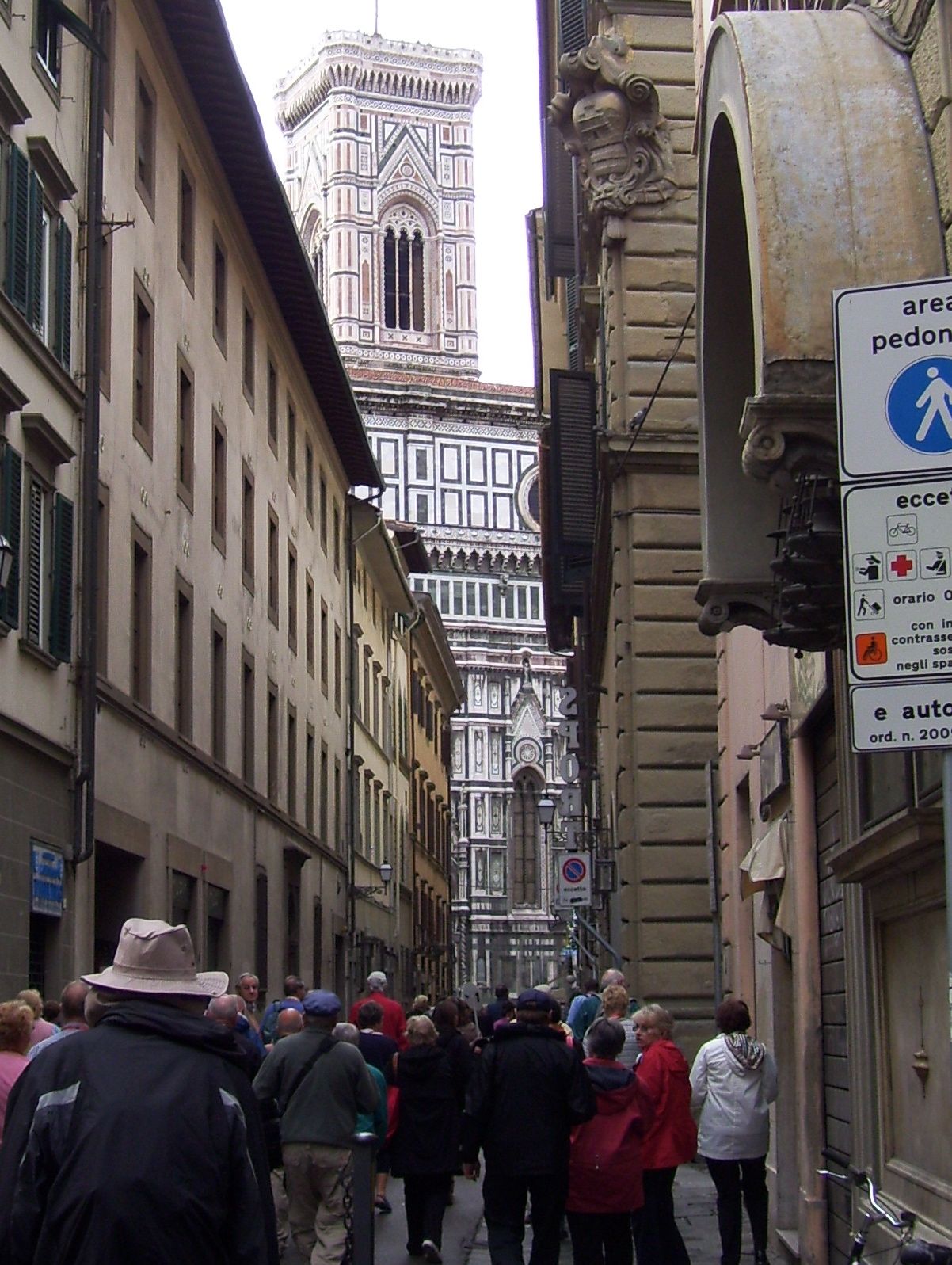
|
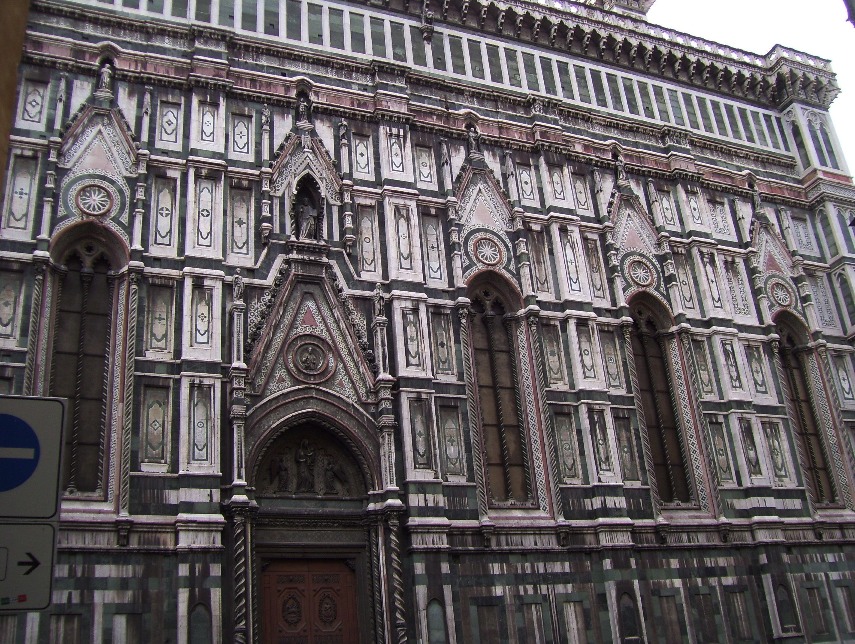 |
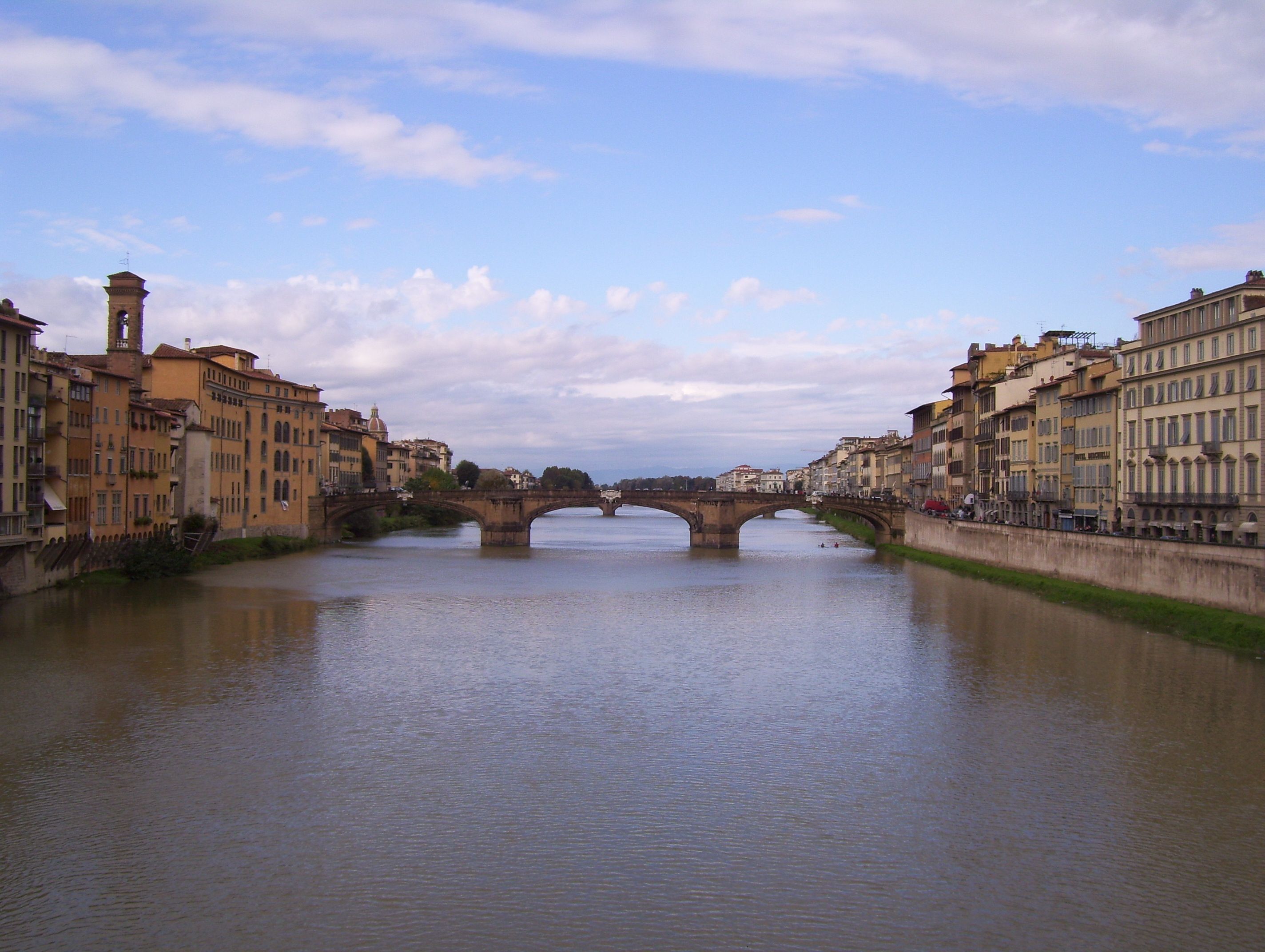 |
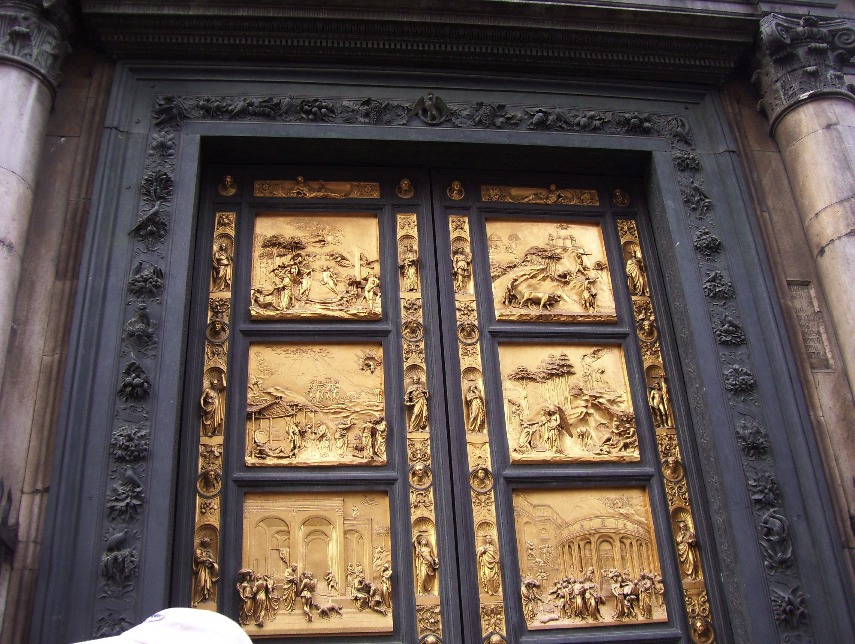 |
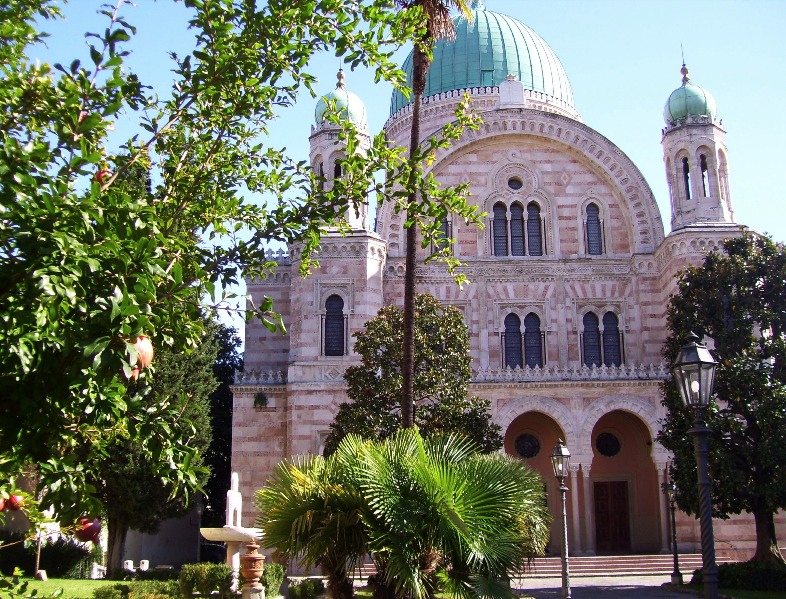 |
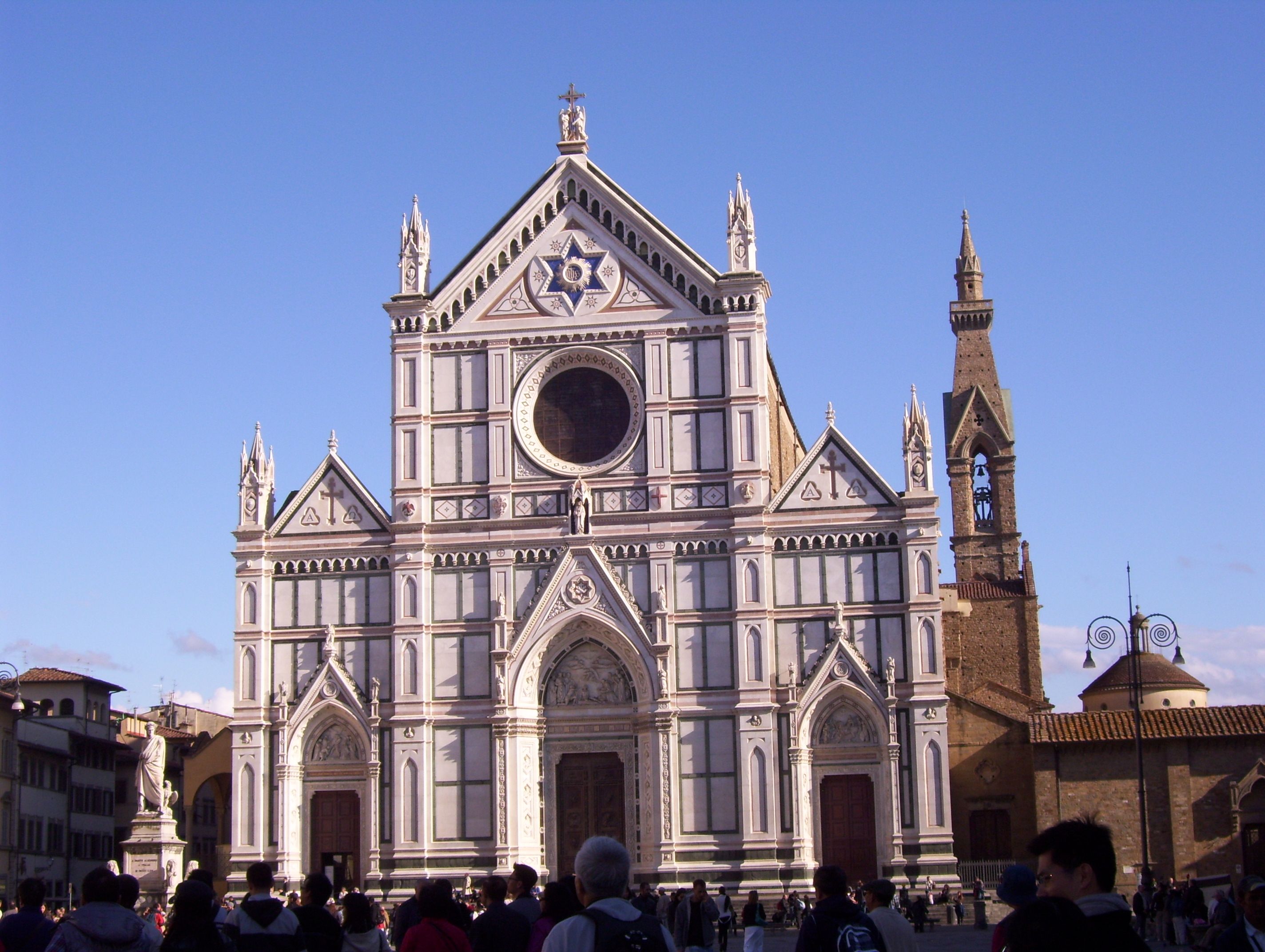 |
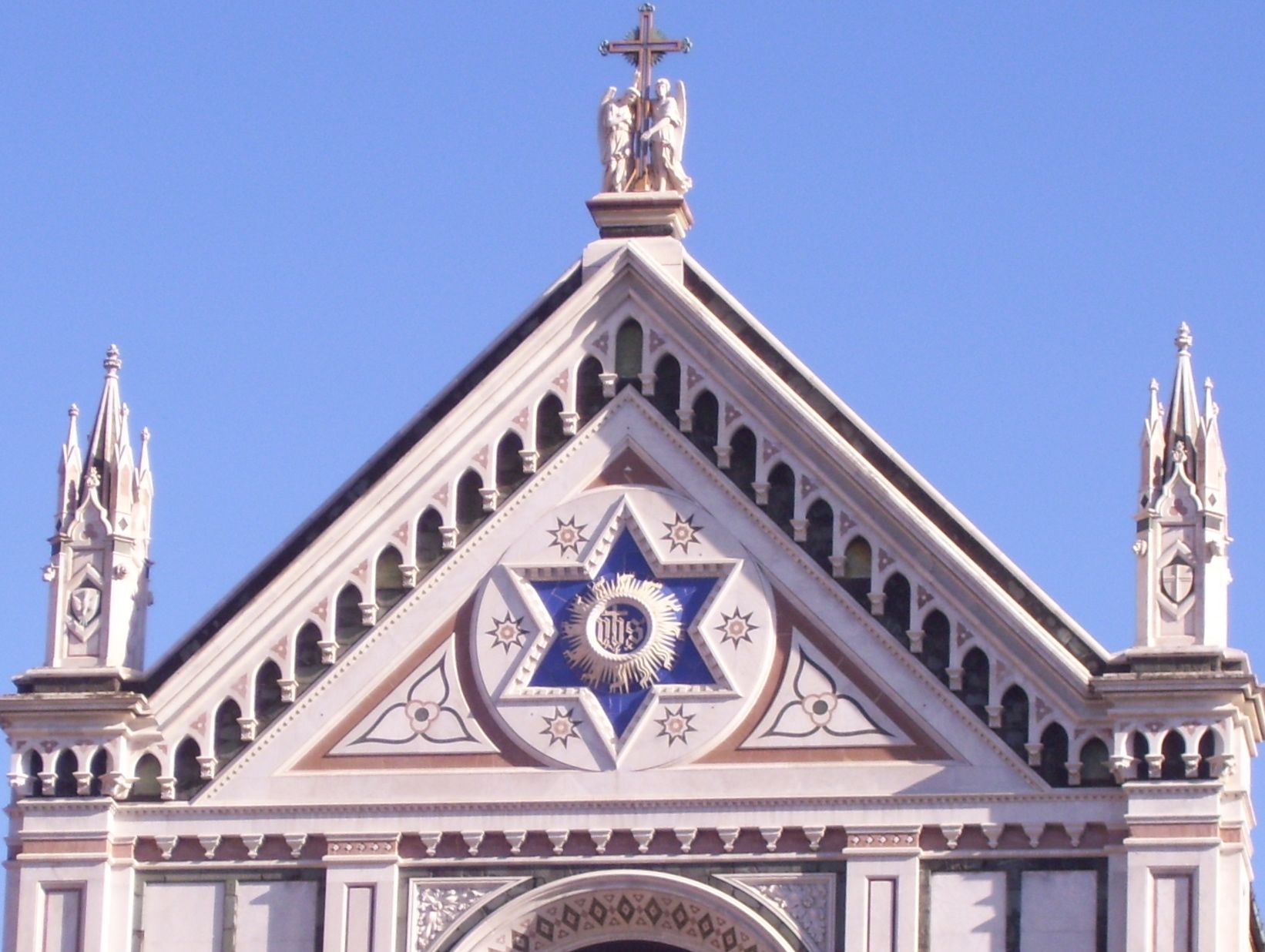 |
 |
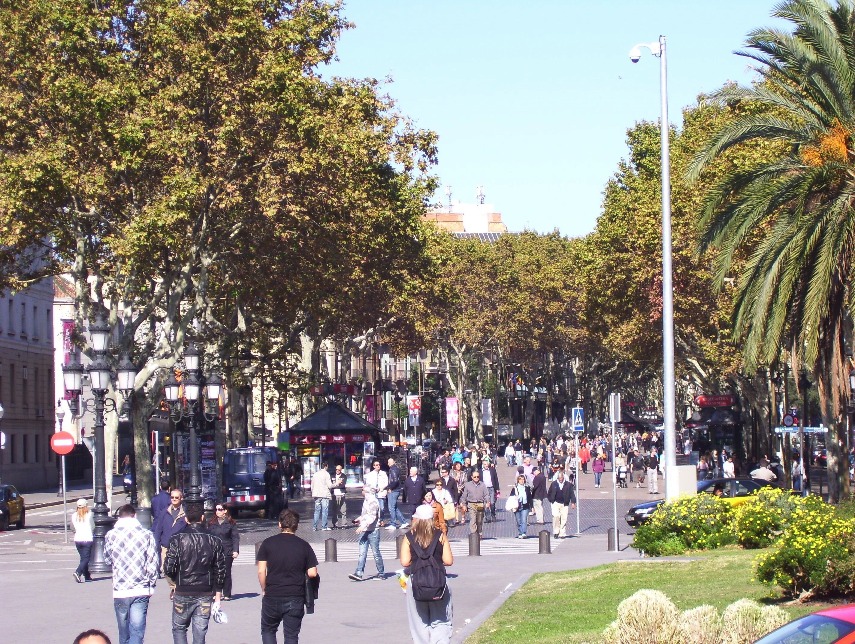 |
 |
 |
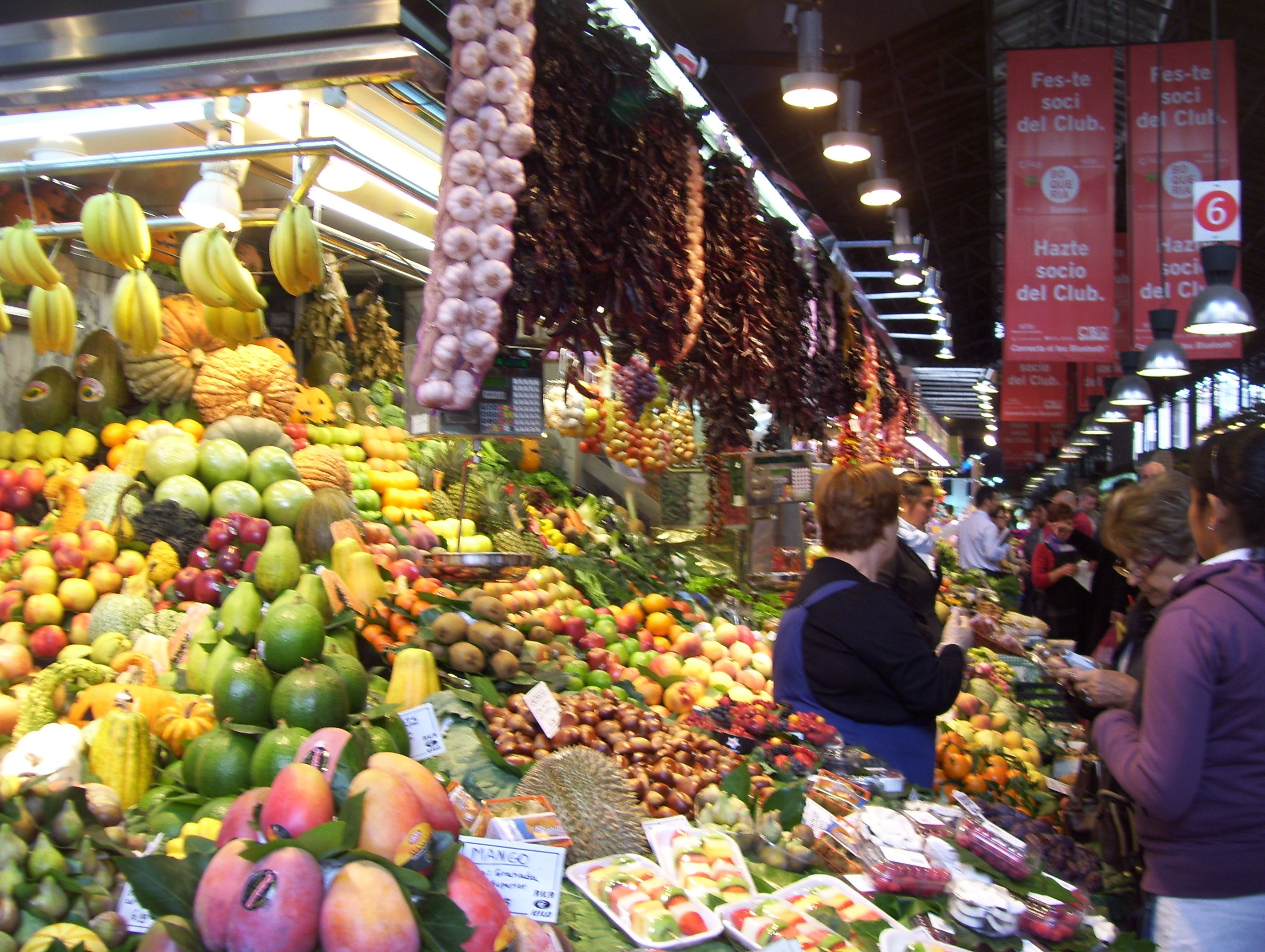 |
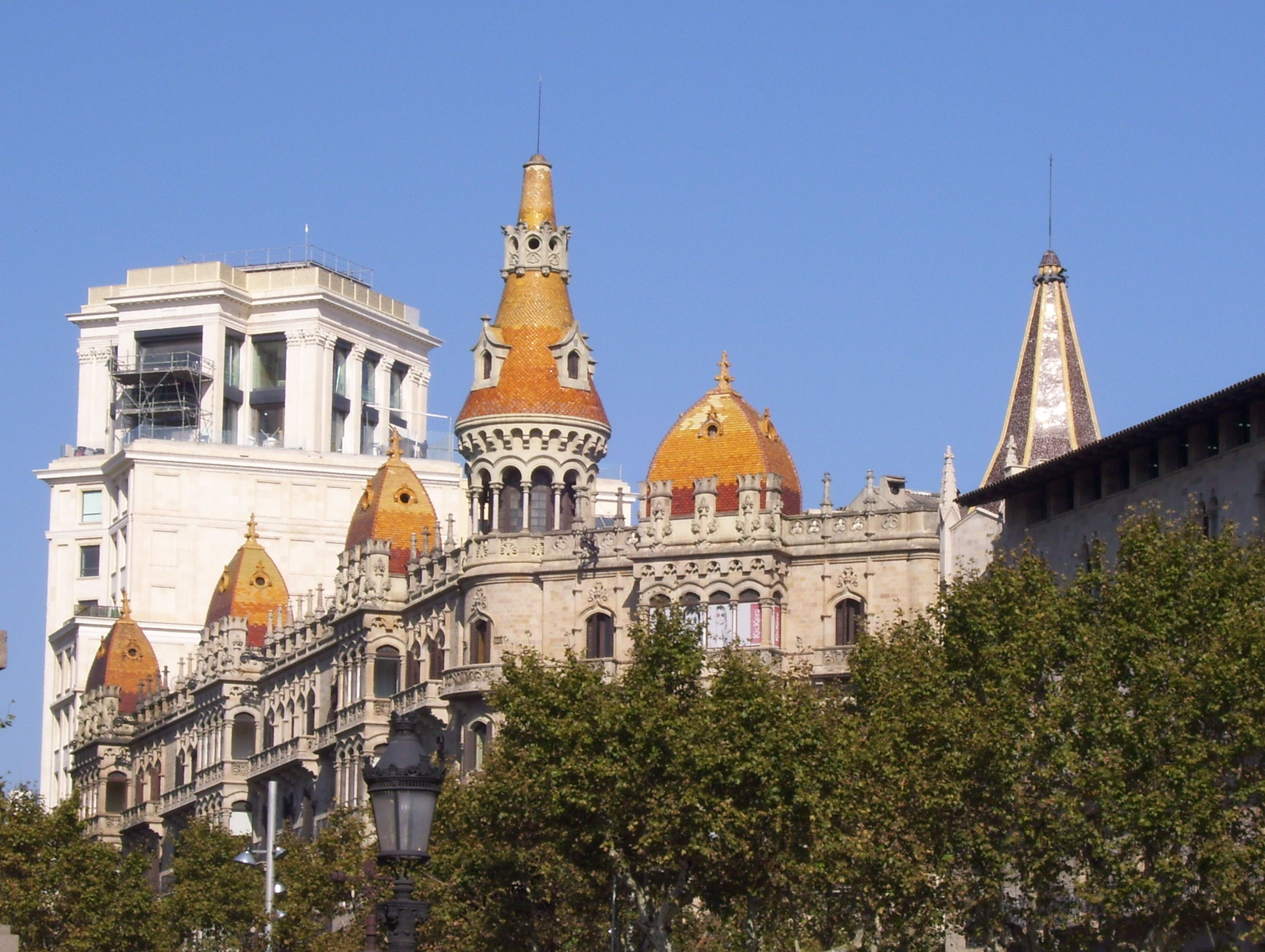 |
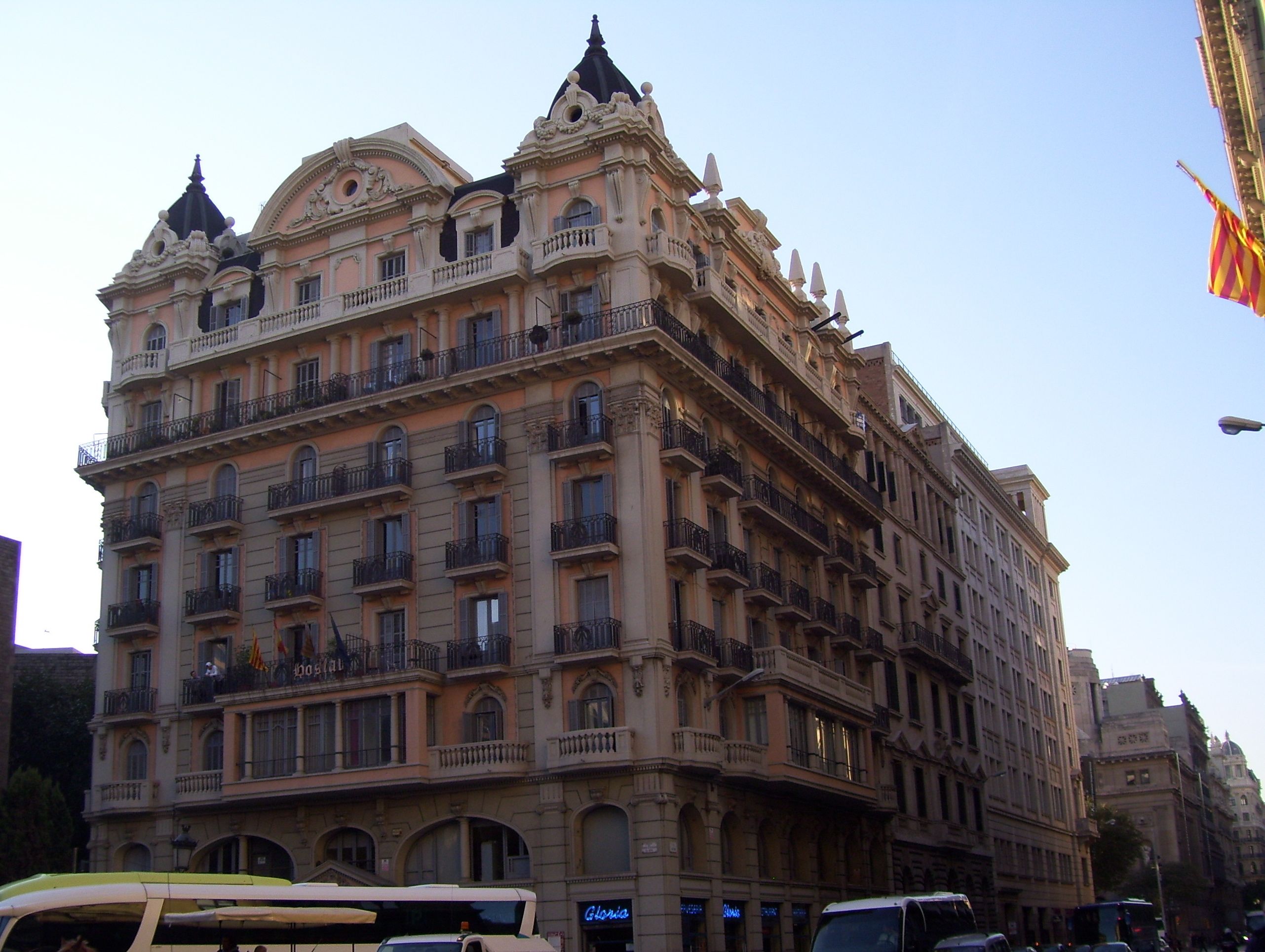 |
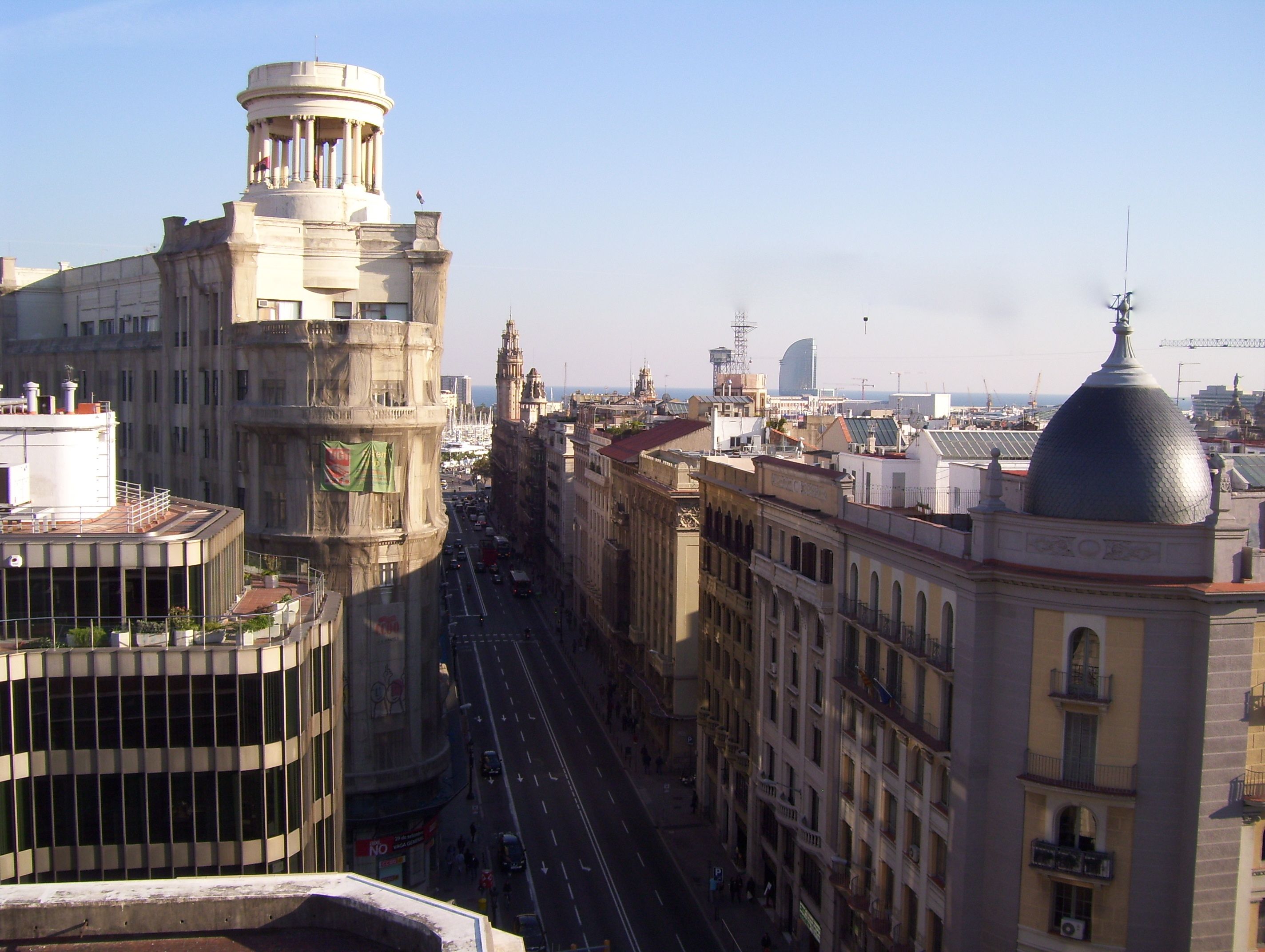 |
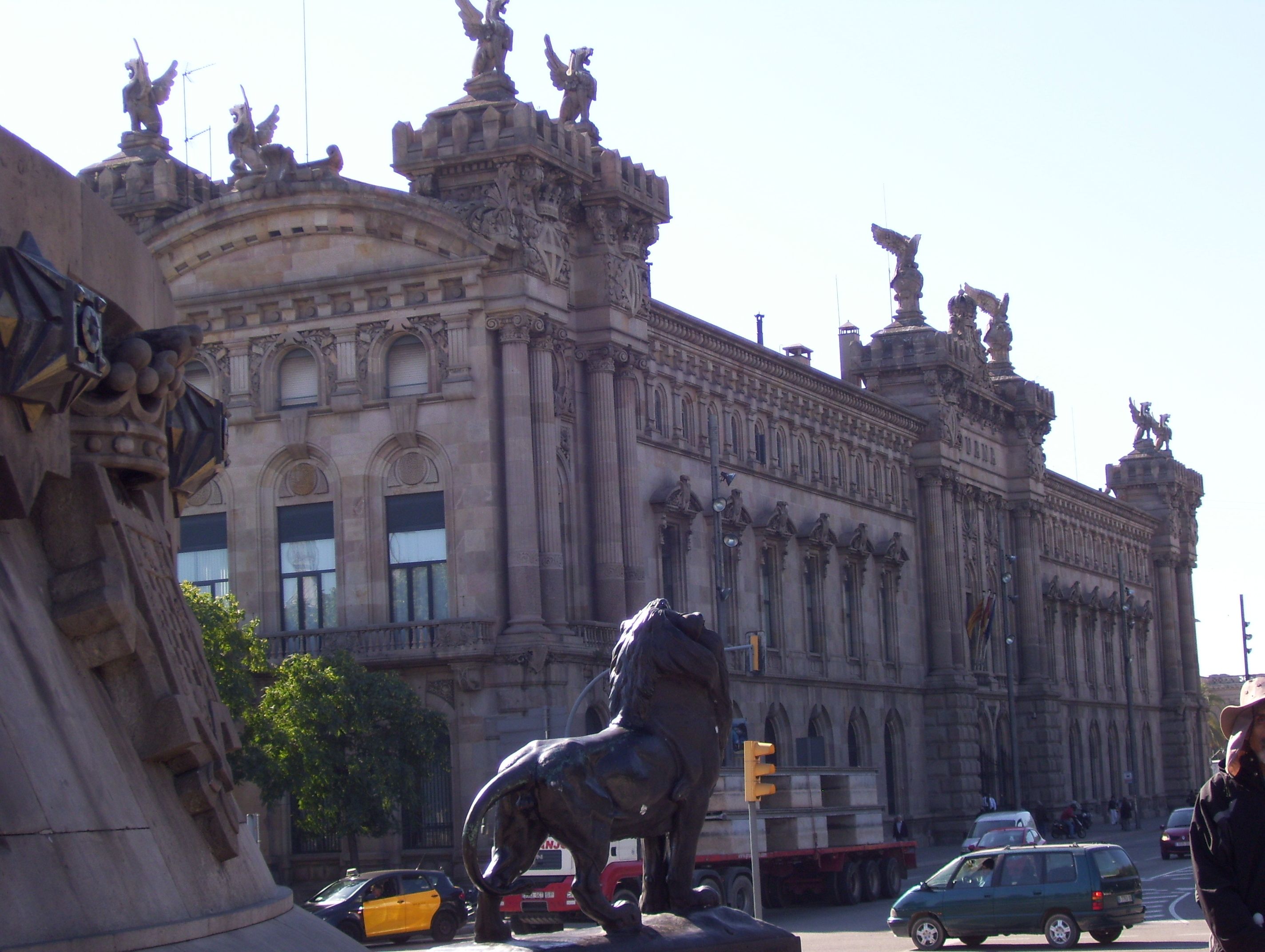 |
 |
 |
 |
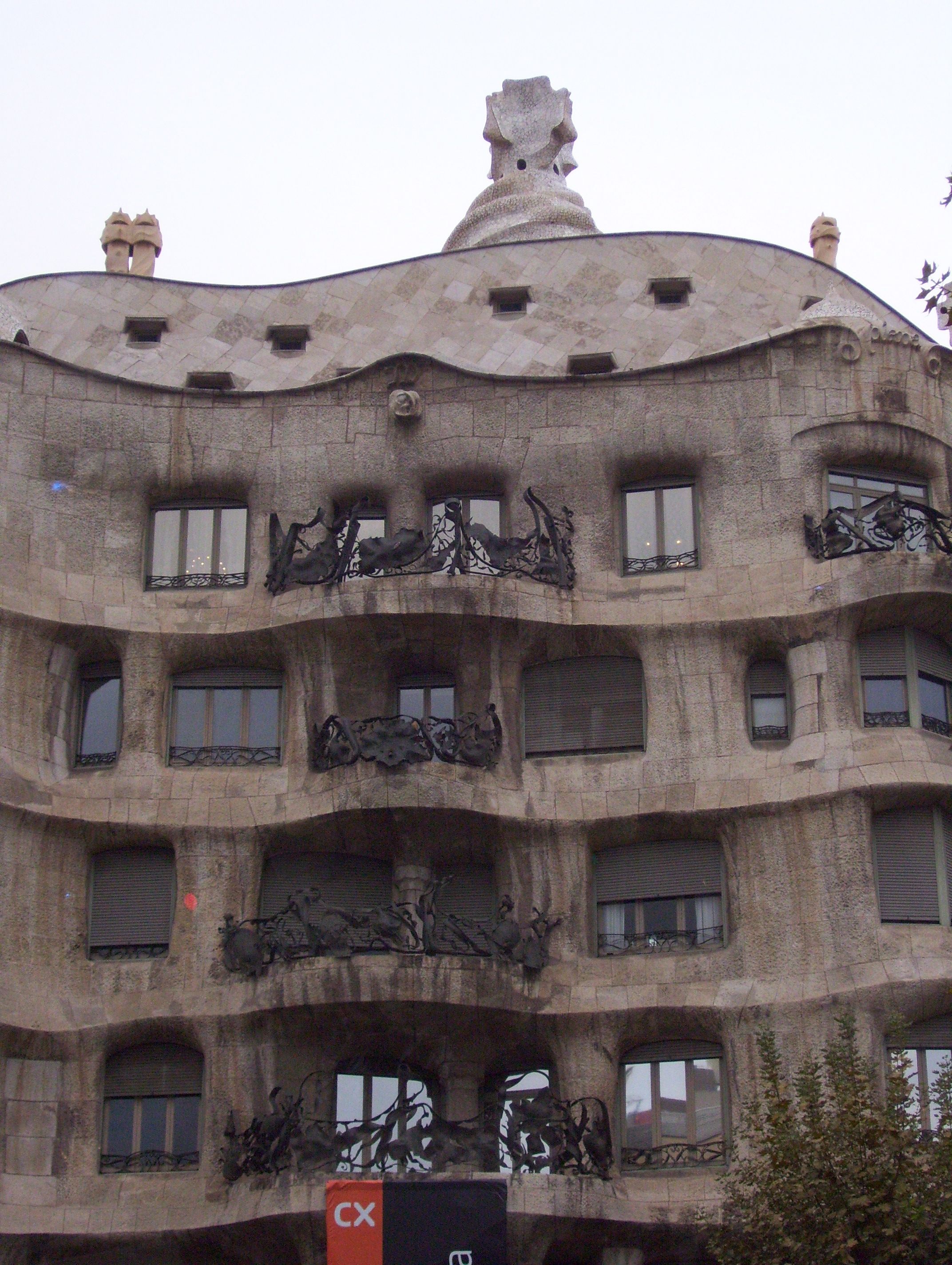 |
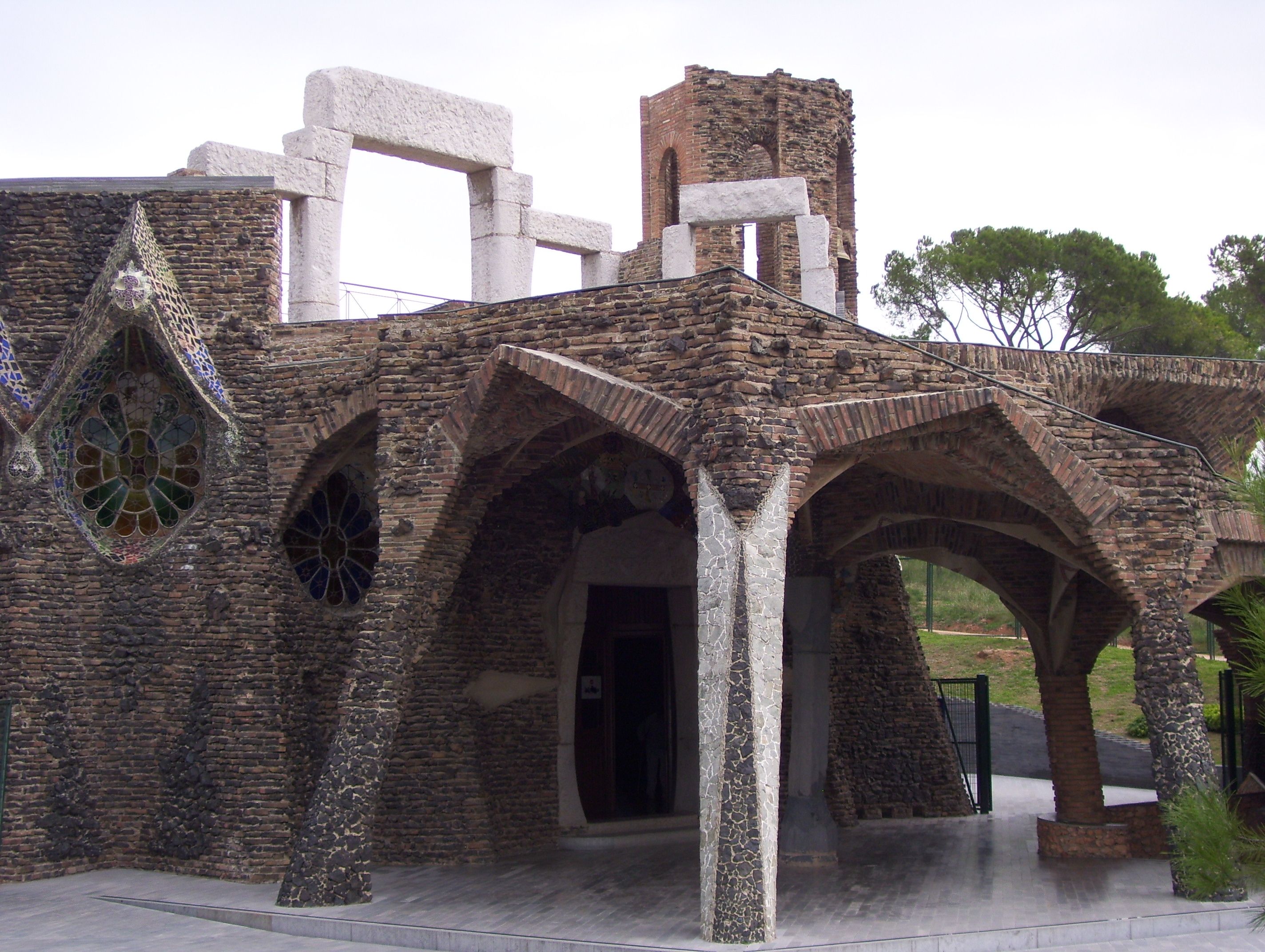 |
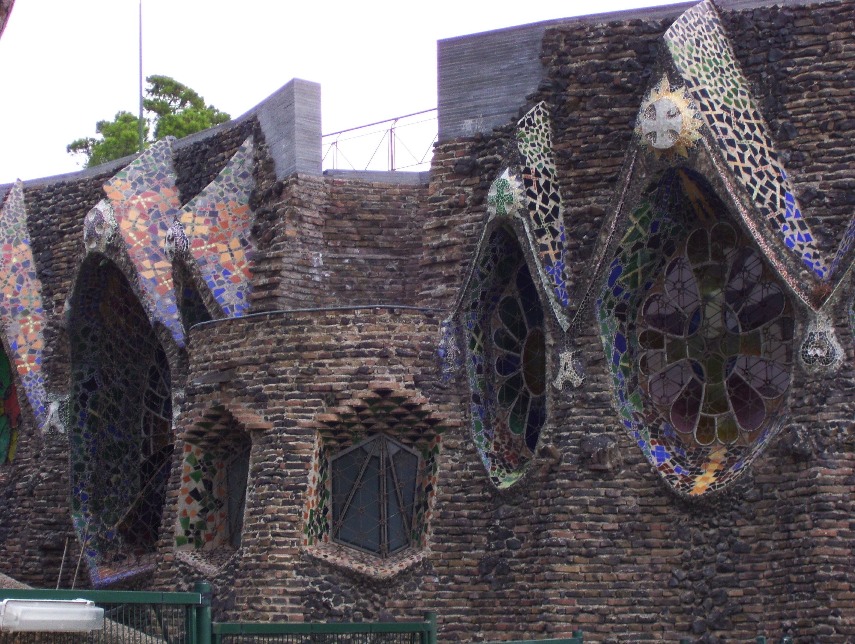 |
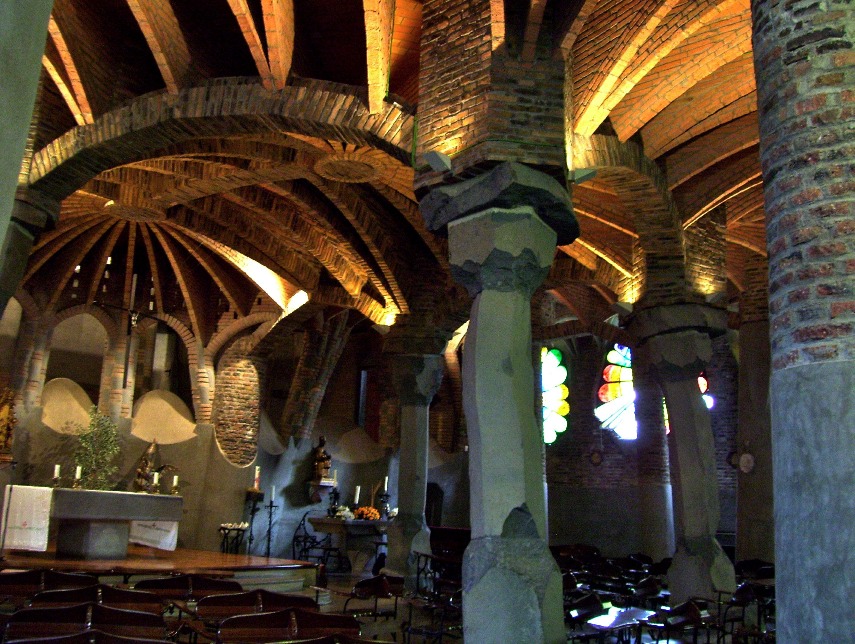 |
 |
 |
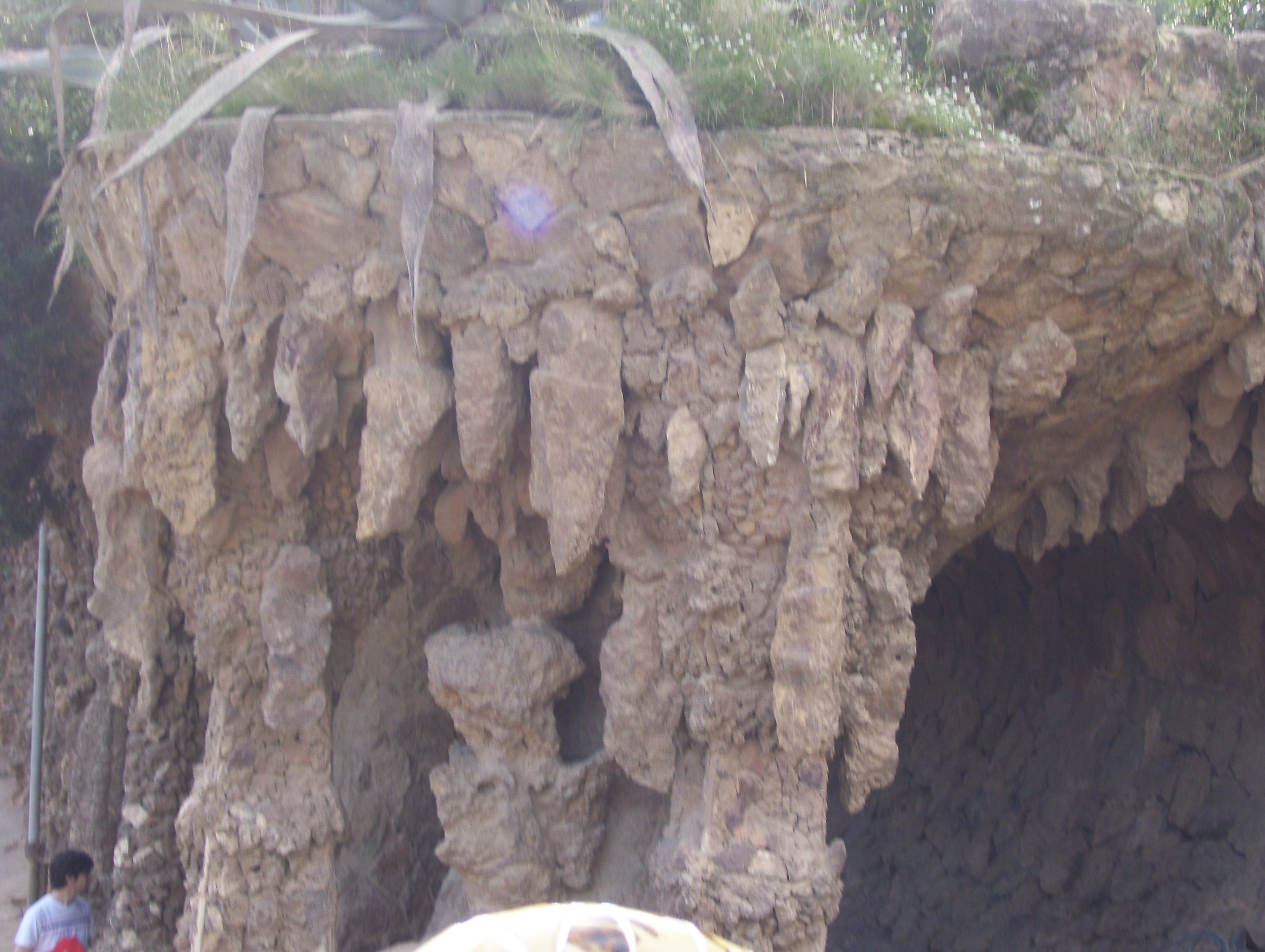 |
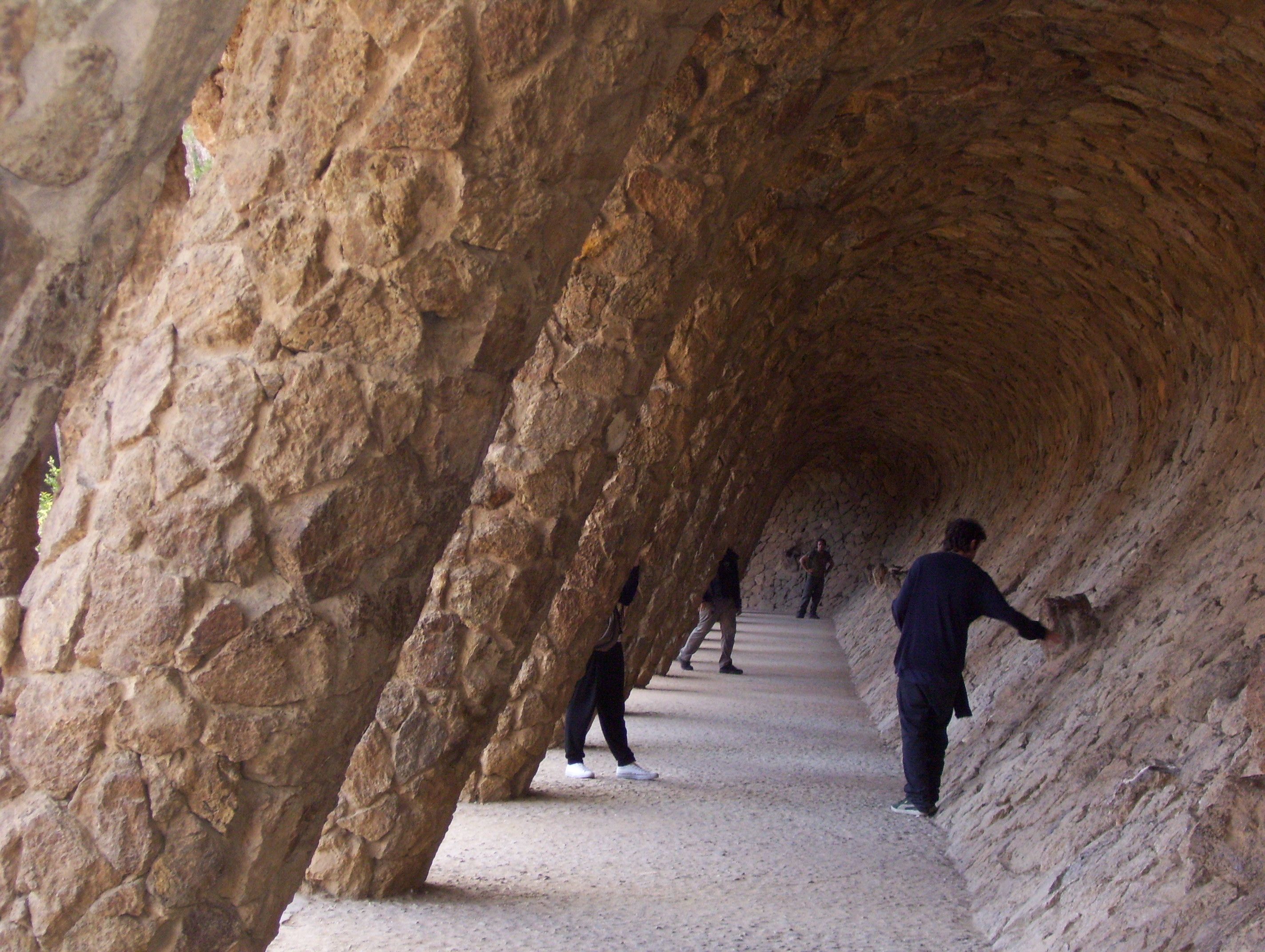 |
 |
 |

 |
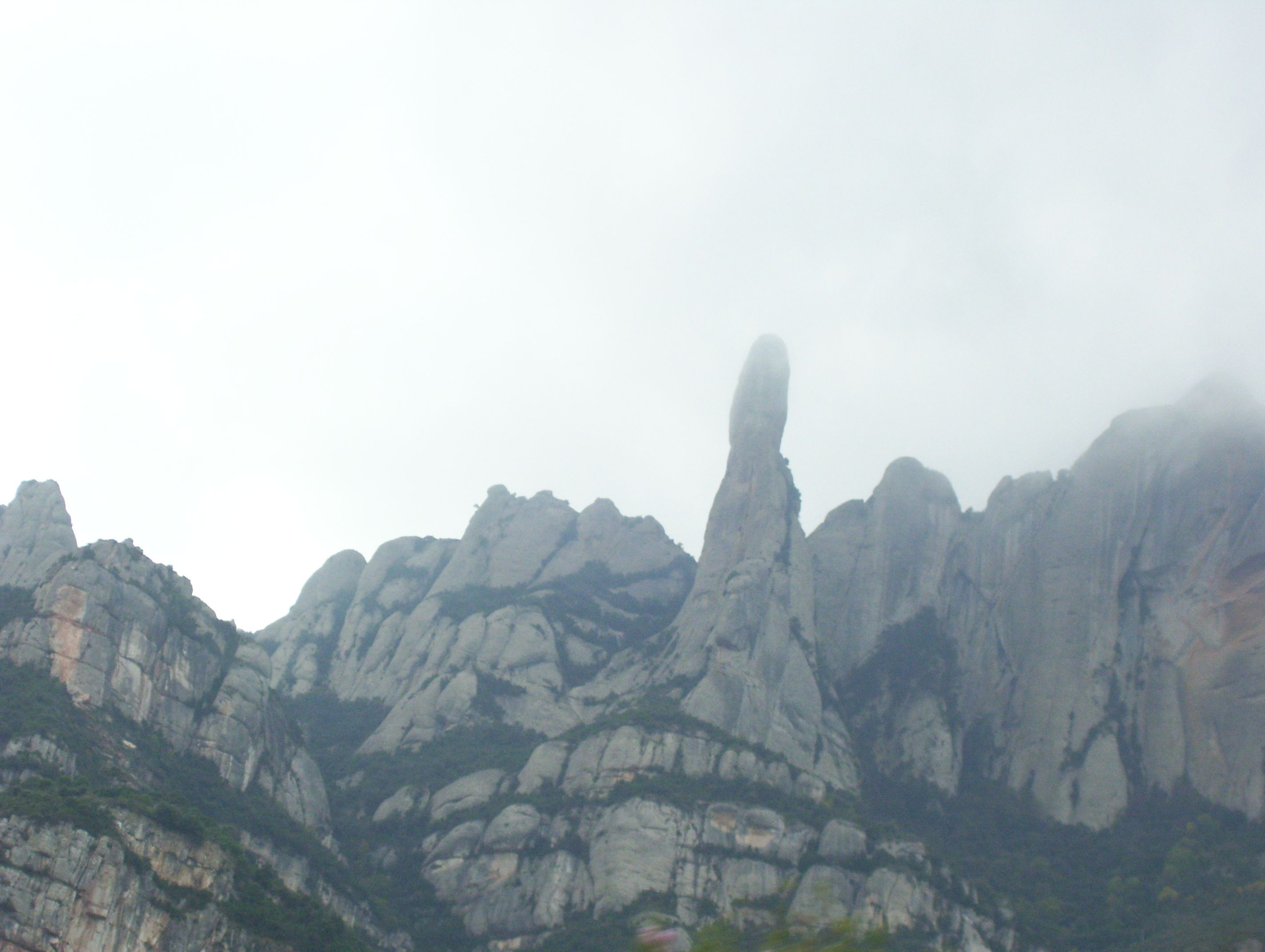 |
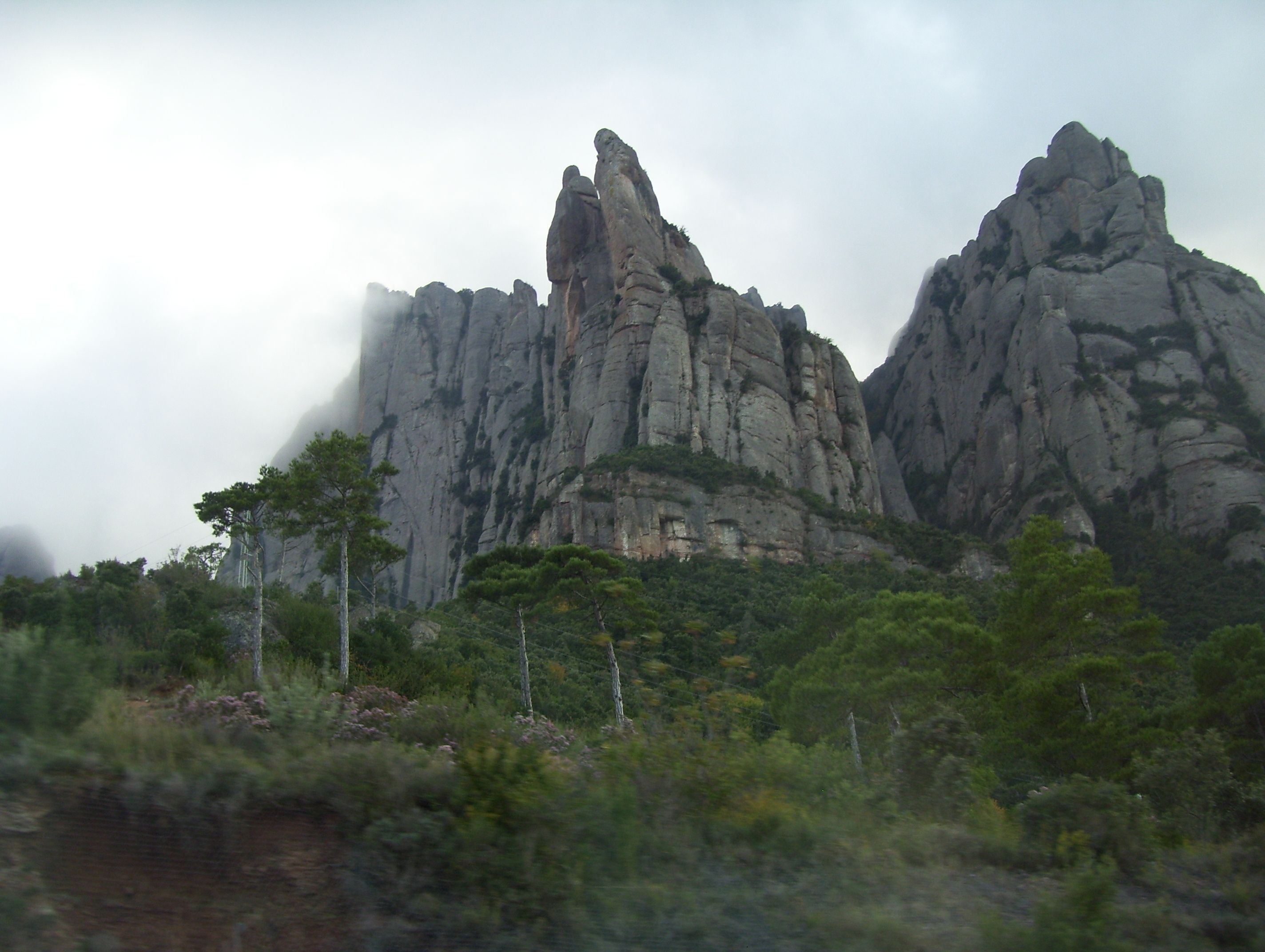 |
 |
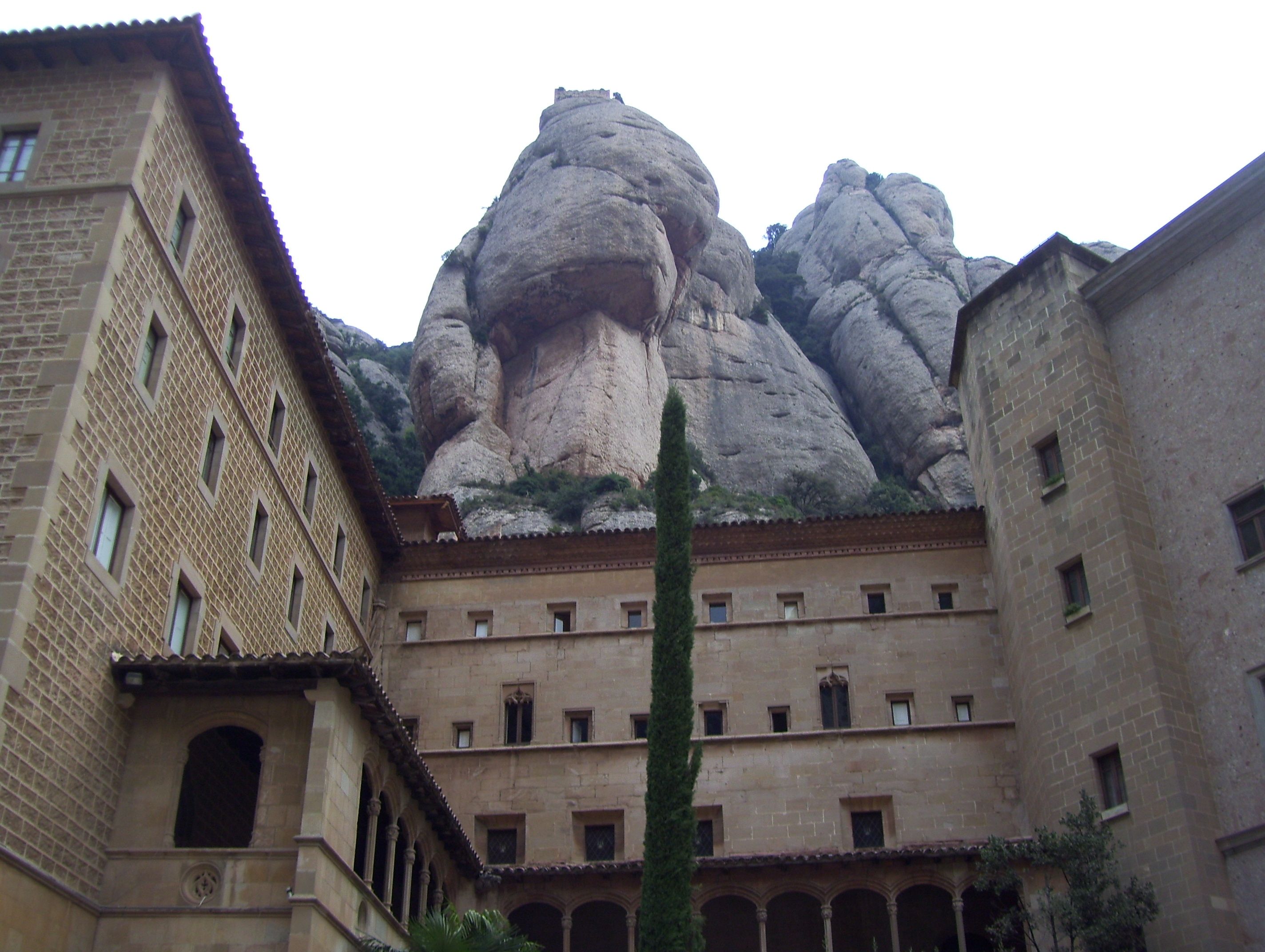 |
 |
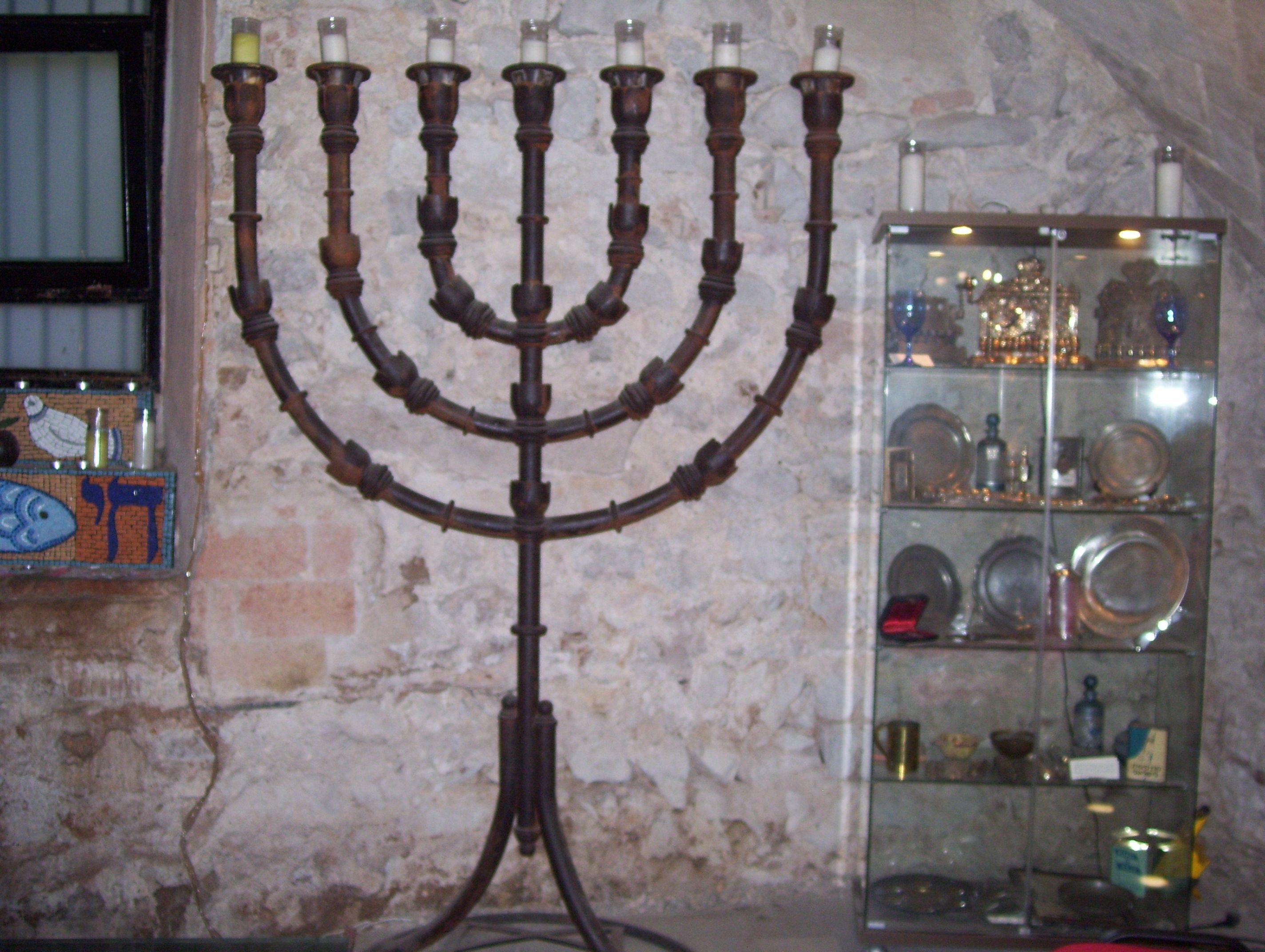 In our meandering of the Gothic Quarter we found the
old Barcelona Synagogue. This is considered one of the oldest
synagogues in Europe, built during the third or fourth
century. Tragically, in 1391, there was a pogrom eliminating
the Jews of Barcelona. The Inquisition of 1492 never came to
Barcelona as there were no Jews left. The synagogue changed
hands and roles, and after seven centuries was rediscovered,
rebuilt, and opened as a synagogue museum in 2002. Today it
houses artifacts donated from around Europe depicting aspects of
Jewish life. The torah on display is over a thousand years old
and was found by its donor in a flea market. The menorah was
built by a French Jew who traces his roots to Barcelona. We
found the history so compelling that we arranged a private walking
tour of the old Jewish quarter.
In our meandering of the Gothic Quarter we found the
old Barcelona Synagogue. This is considered one of the oldest
synagogues in Europe, built during the third or fourth
century. Tragically, in 1391, there was a pogrom eliminating
the Jews of Barcelona. The Inquisition of 1492 never came to
Barcelona as there were no Jews left. The synagogue changed
hands and roles, and after seven centuries was rediscovered,
rebuilt, and opened as a synagogue museum in 2002. Today it
houses artifacts donated from around Europe depicting aspects of
Jewish life. The torah on display is over a thousand years old
and was found by its donor in a flea market. The menorah was
built by a French Jew who traces his roots to Barcelona. We
found the history so compelling that we arranged a private walking
tour of the old Jewish quarter. 
 Jason by door of purse shop |
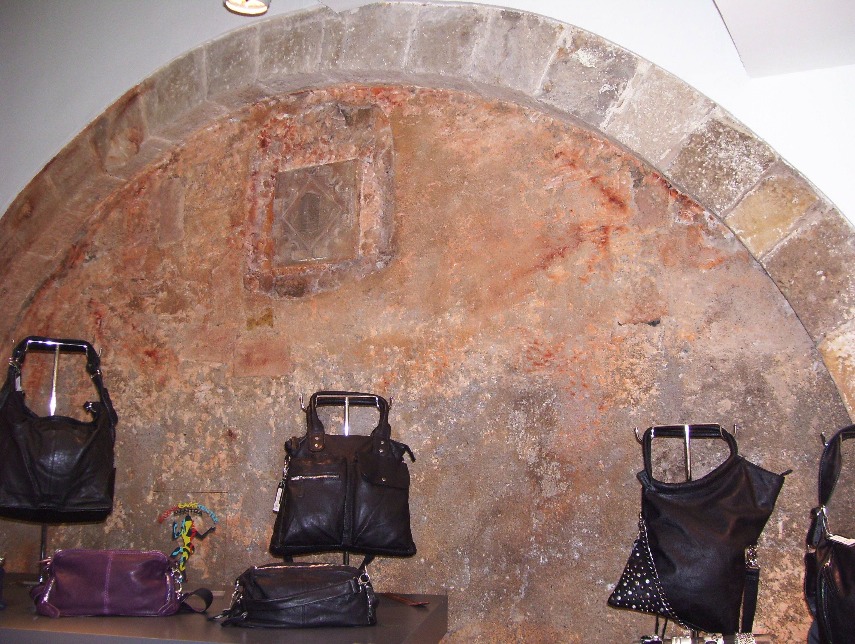 |
Later we entered a purse shop to see the wall of another of the Jewish quarter synagogue. Then we went down “The Street of the New Baths.” Adi explained that while there were the traditional Roman Baths near the entrance gates to the city, this street had some “new baths” as well. We then entered a household furnishing shop to see what used to be a mikvah in the back. | 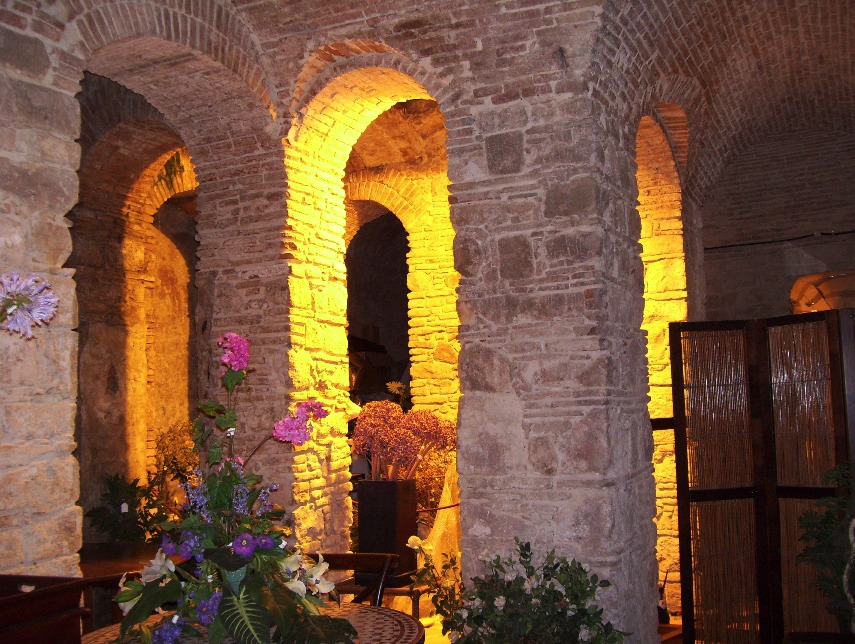 |
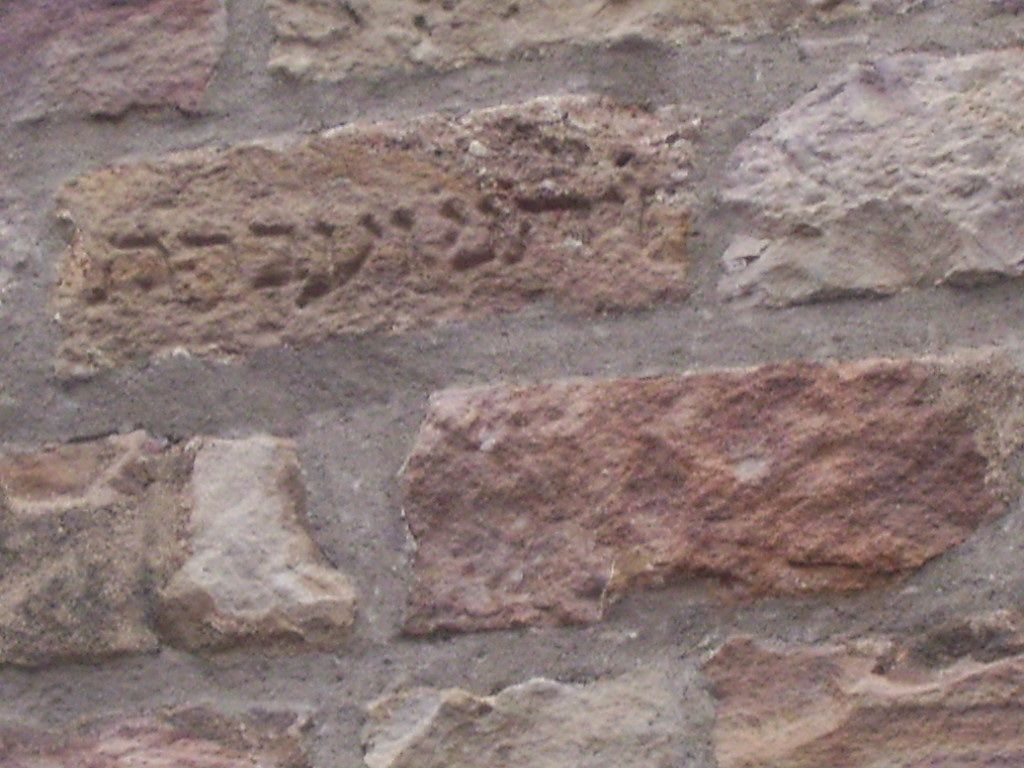 |
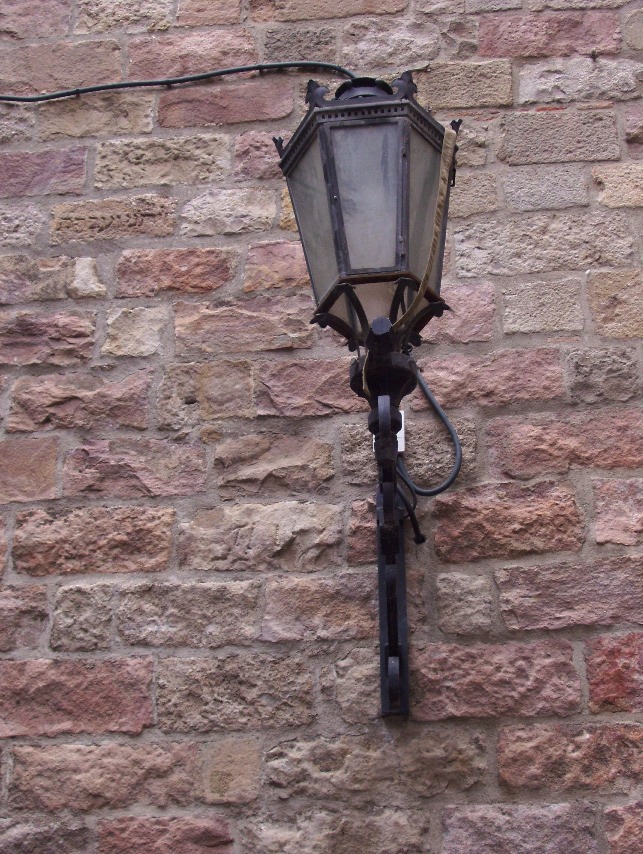 |